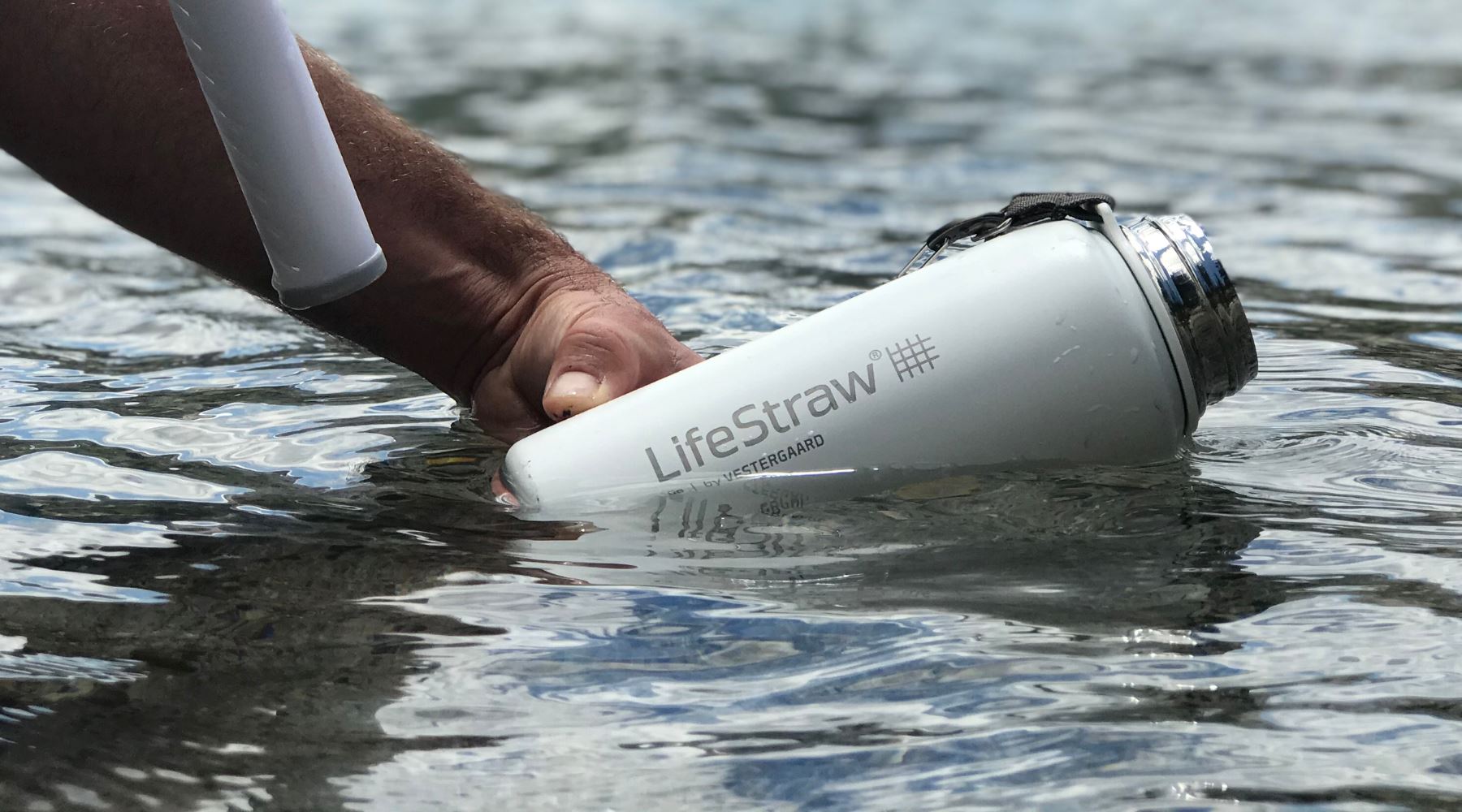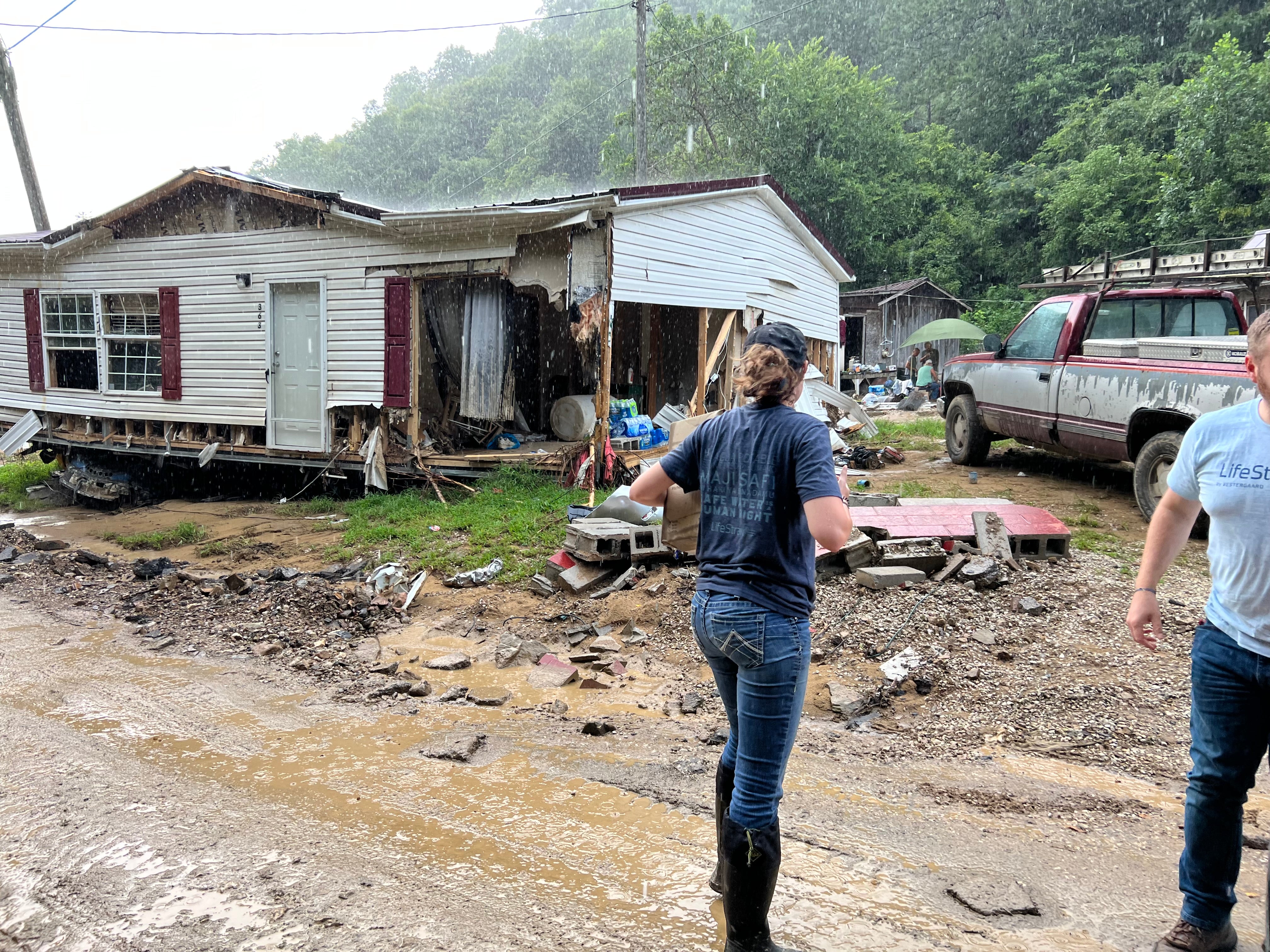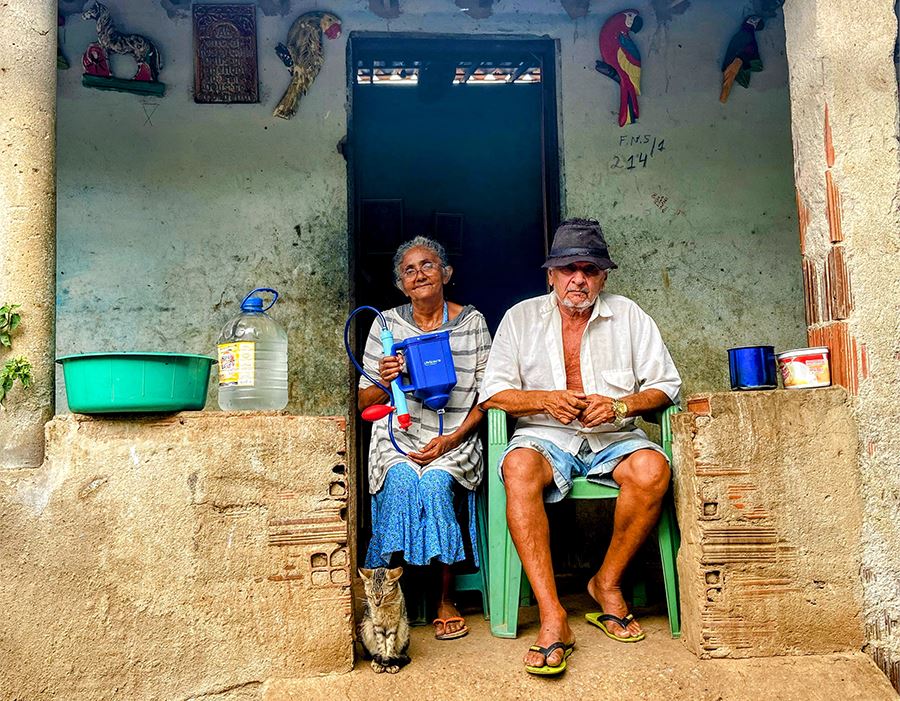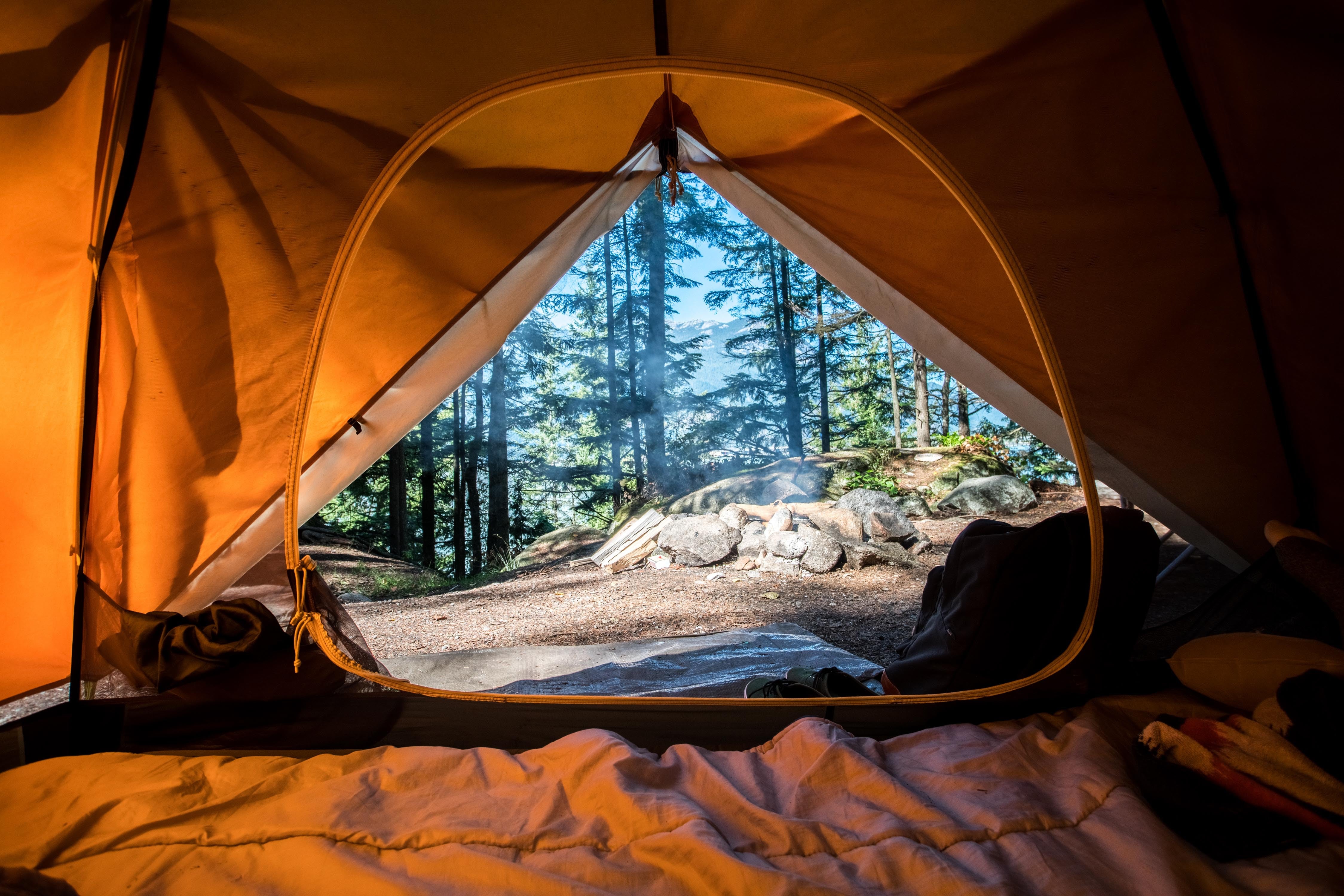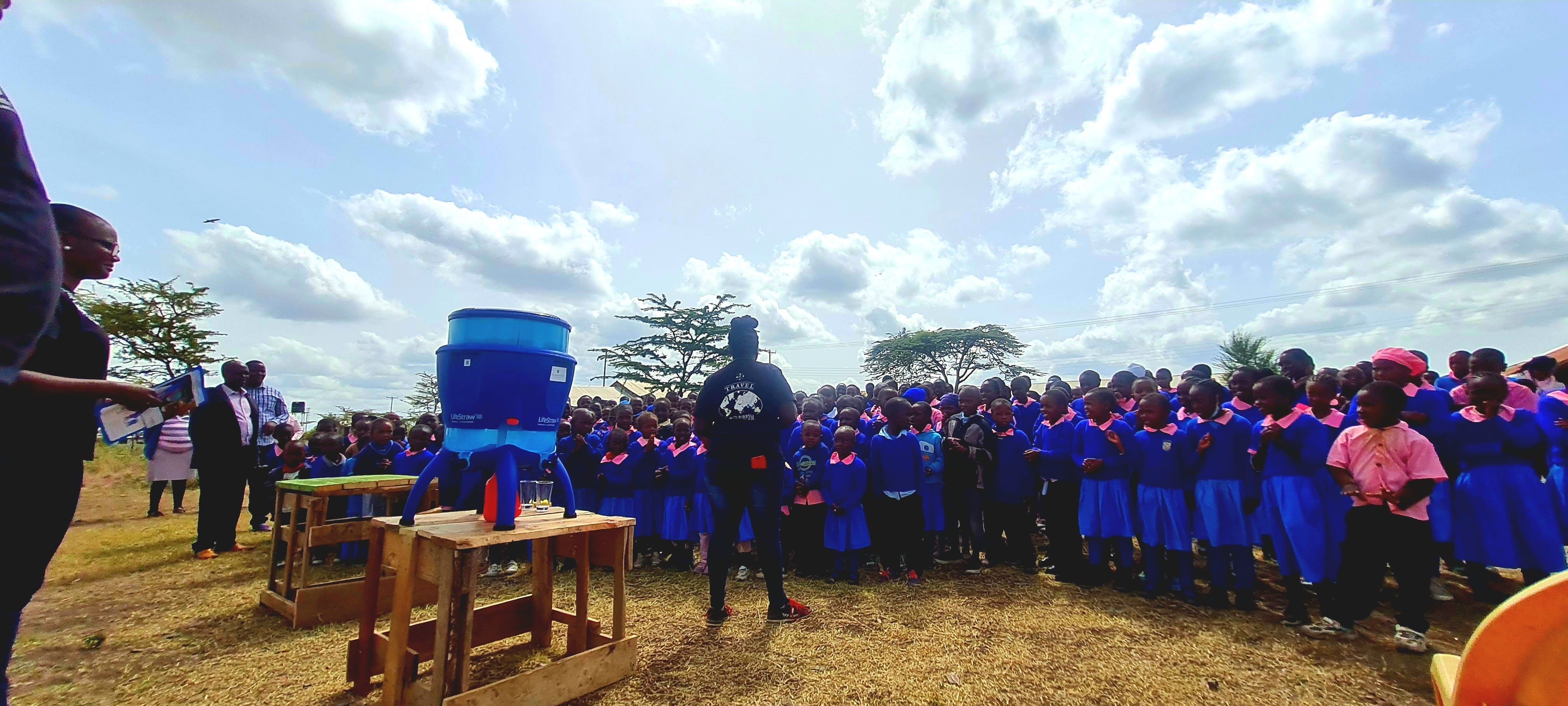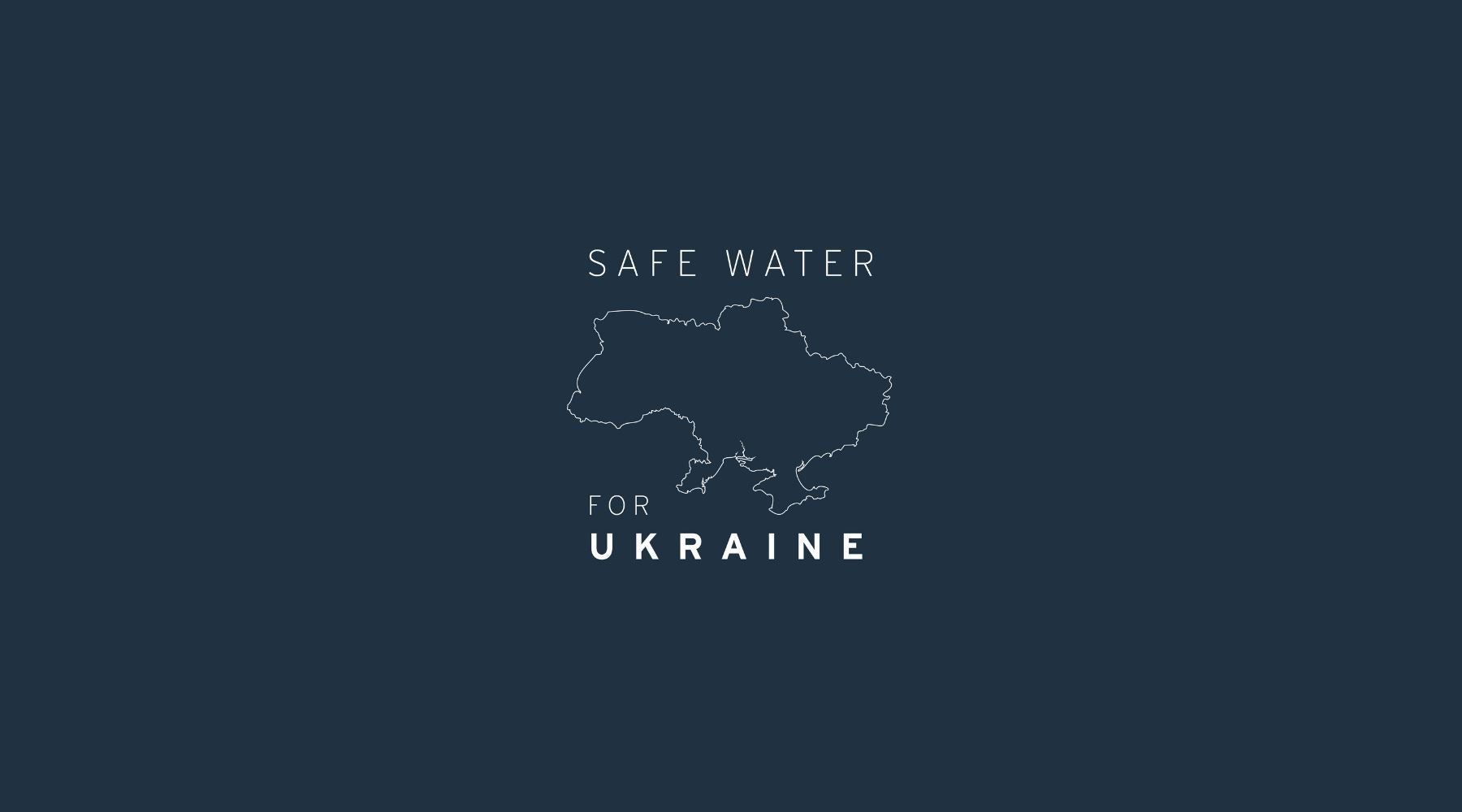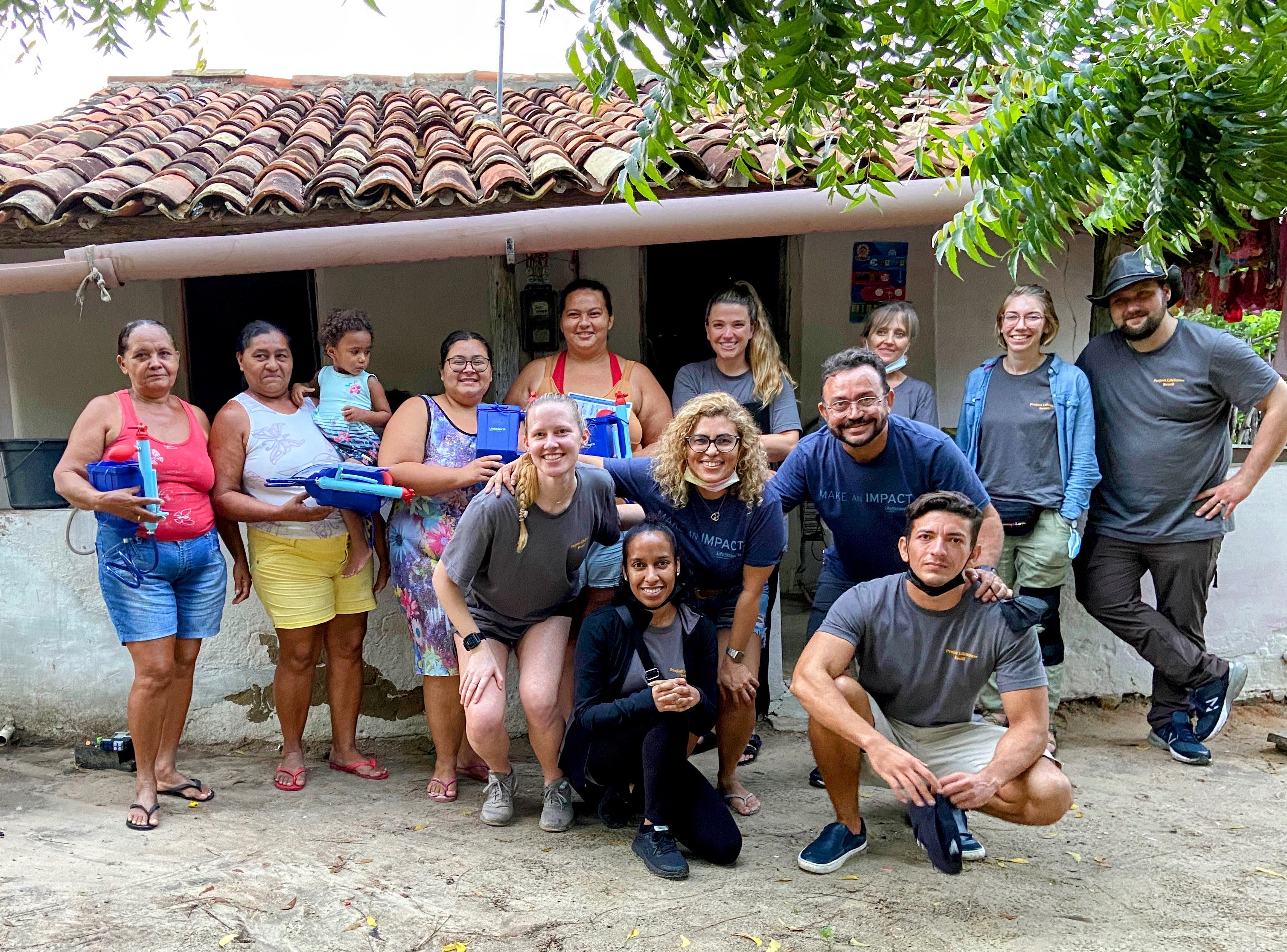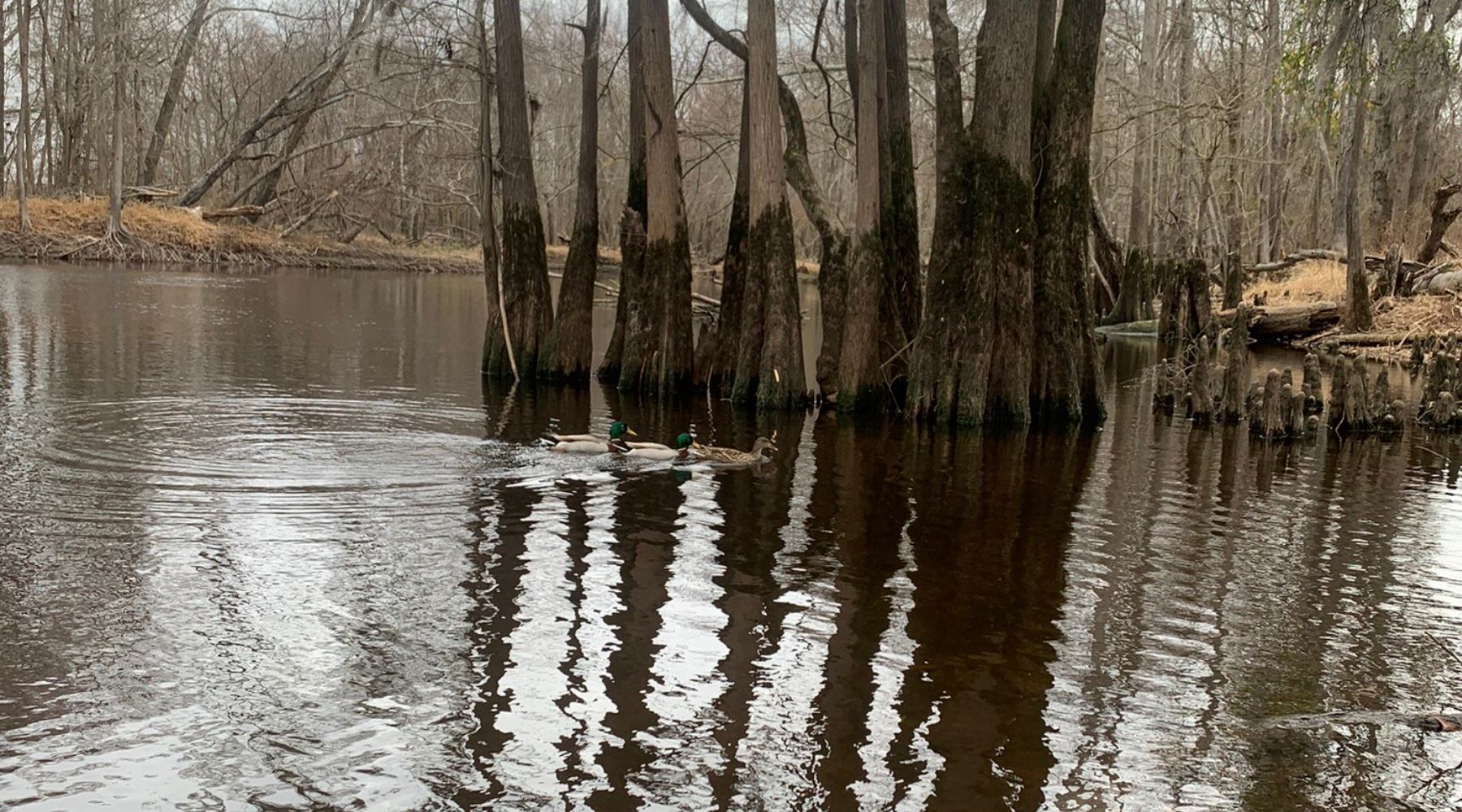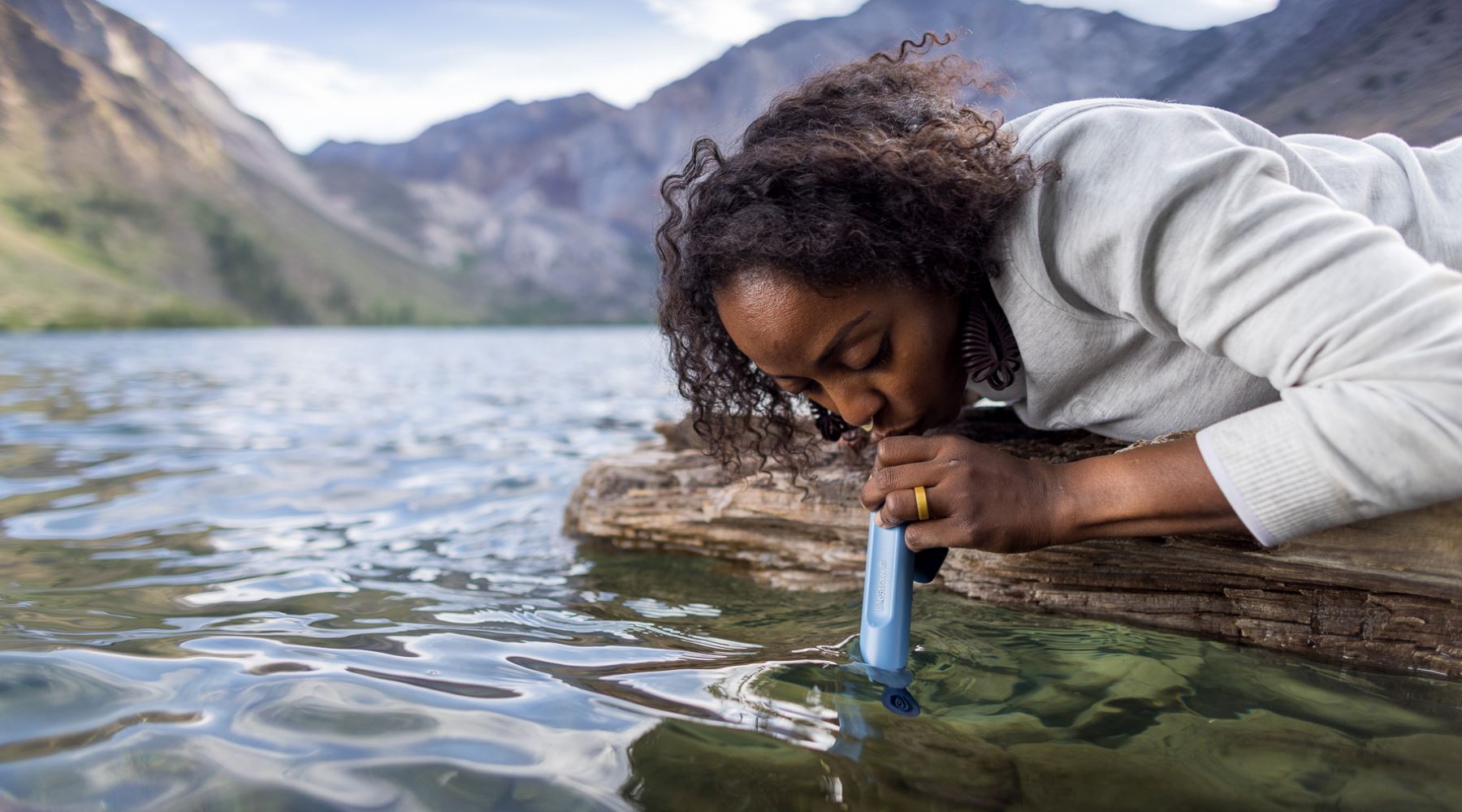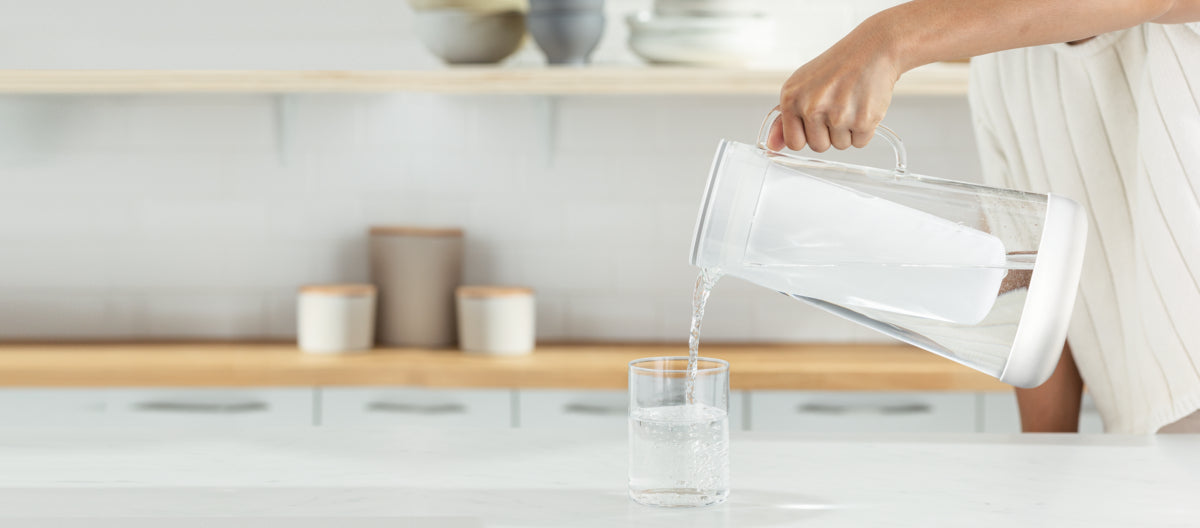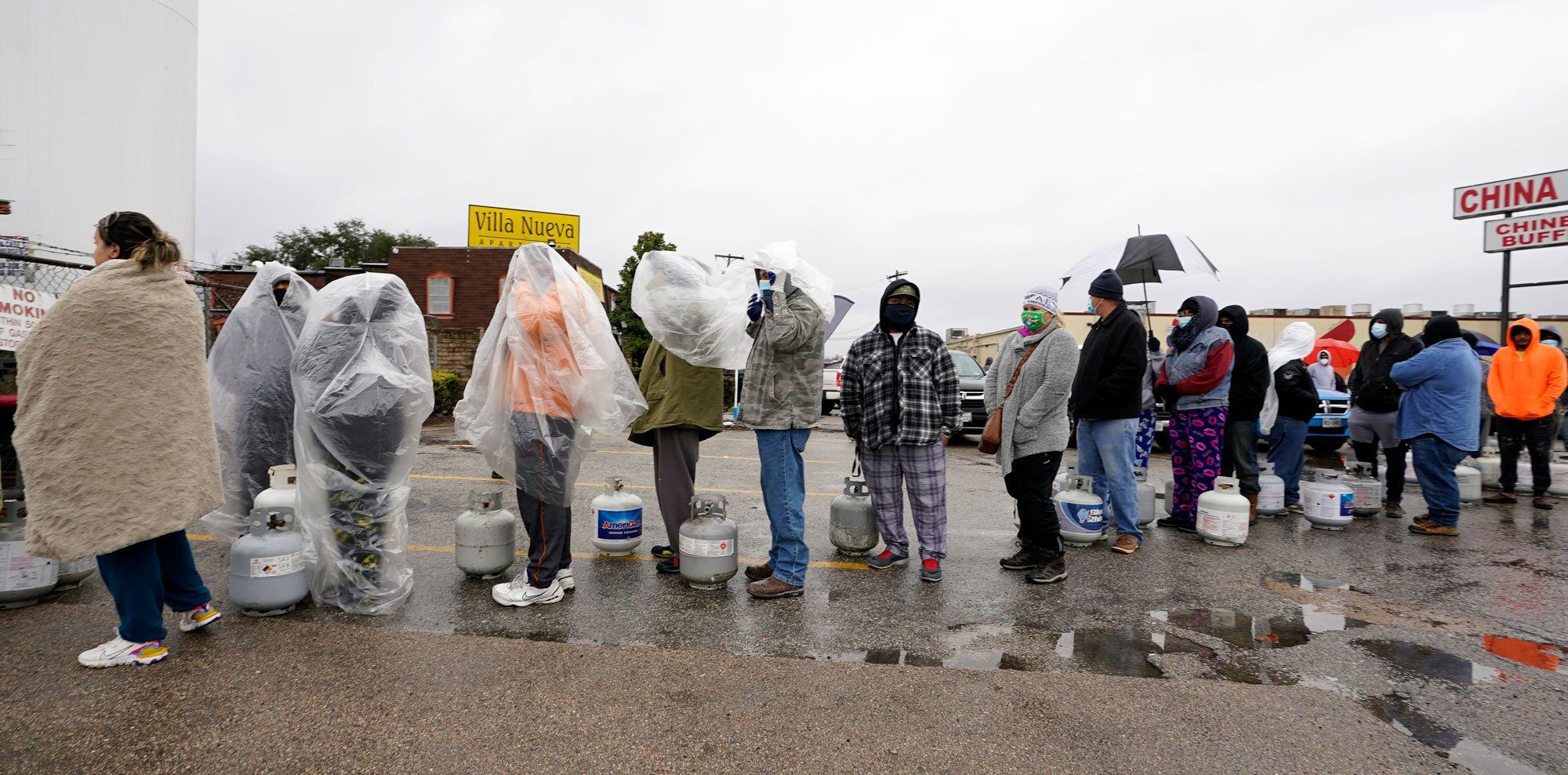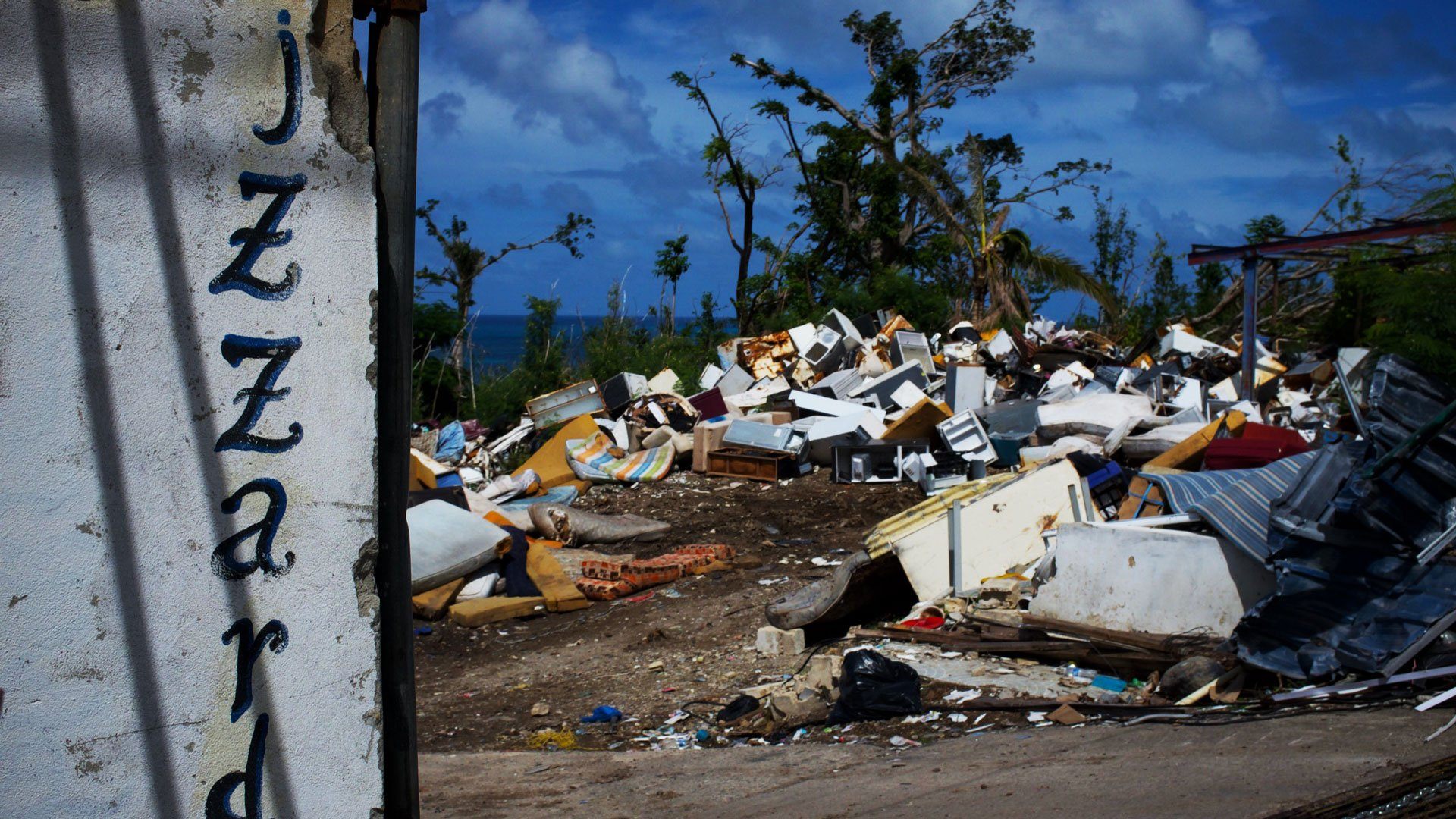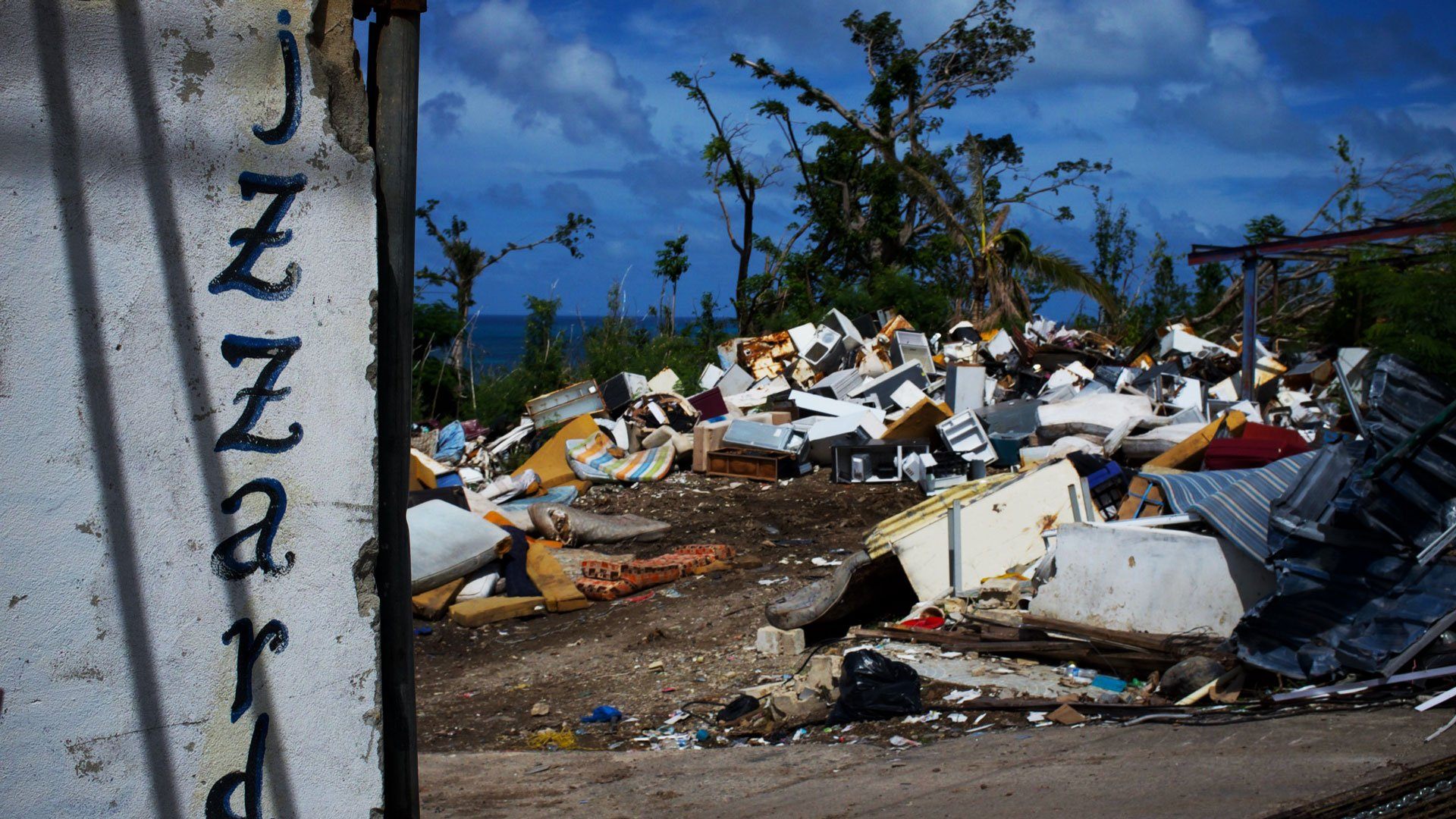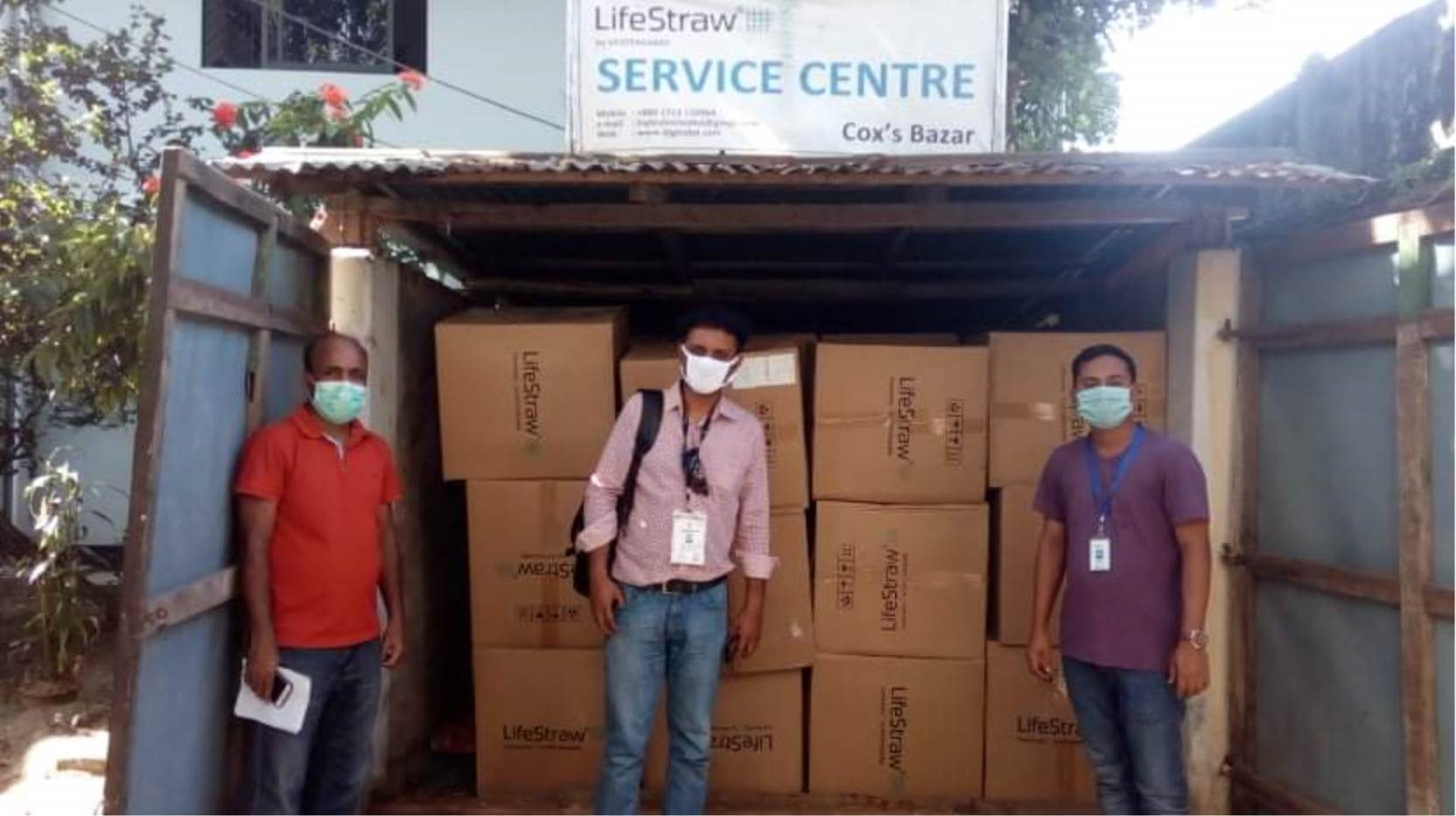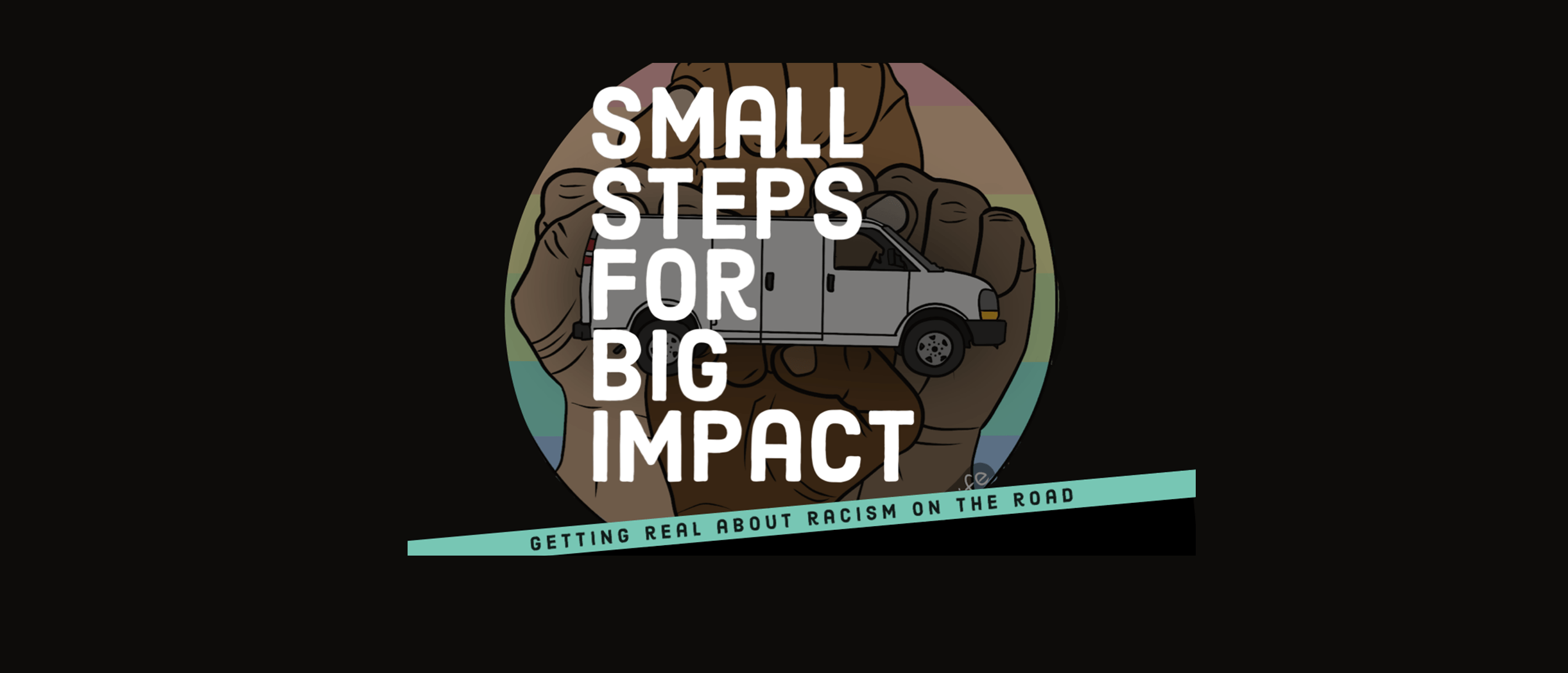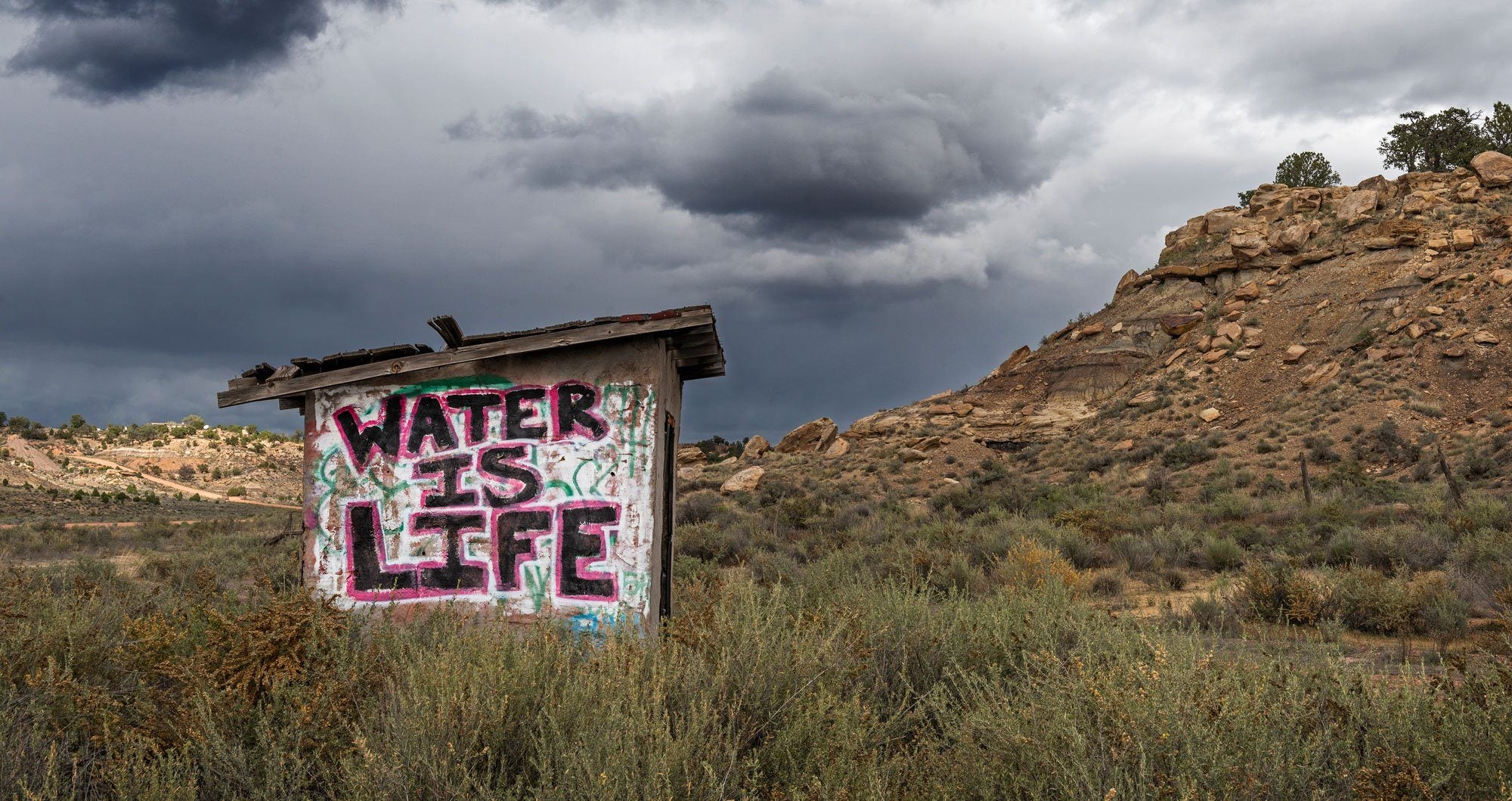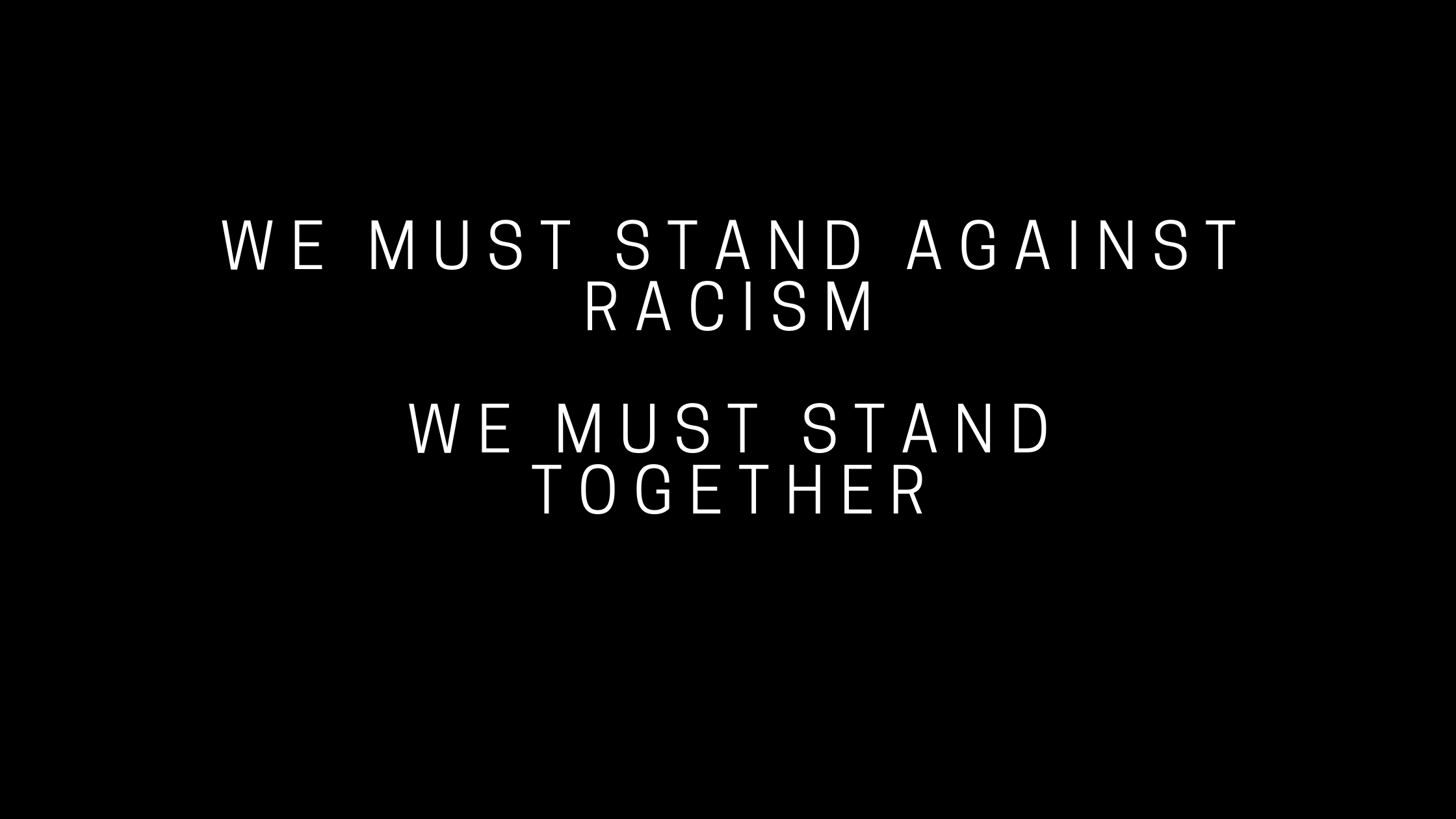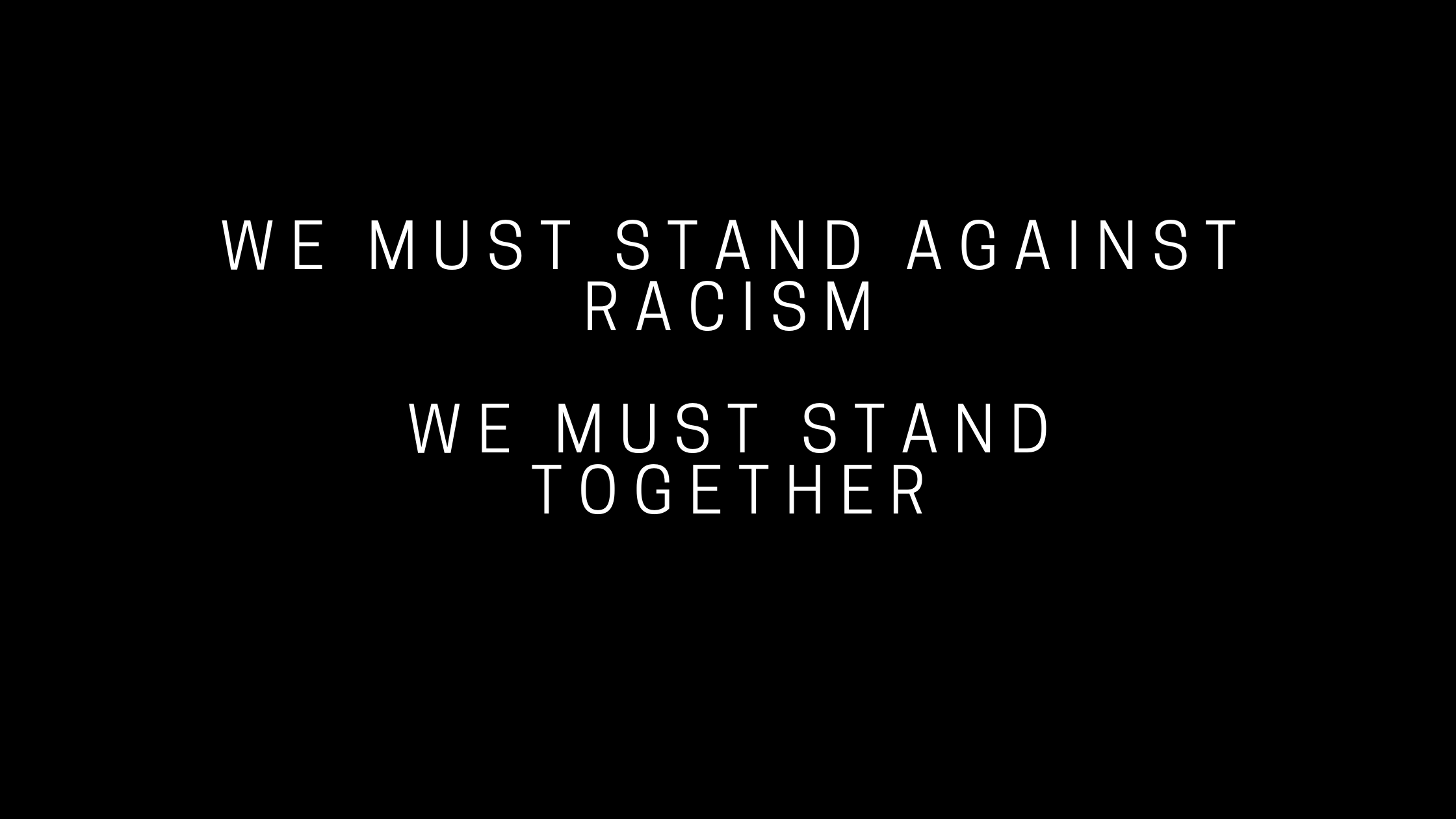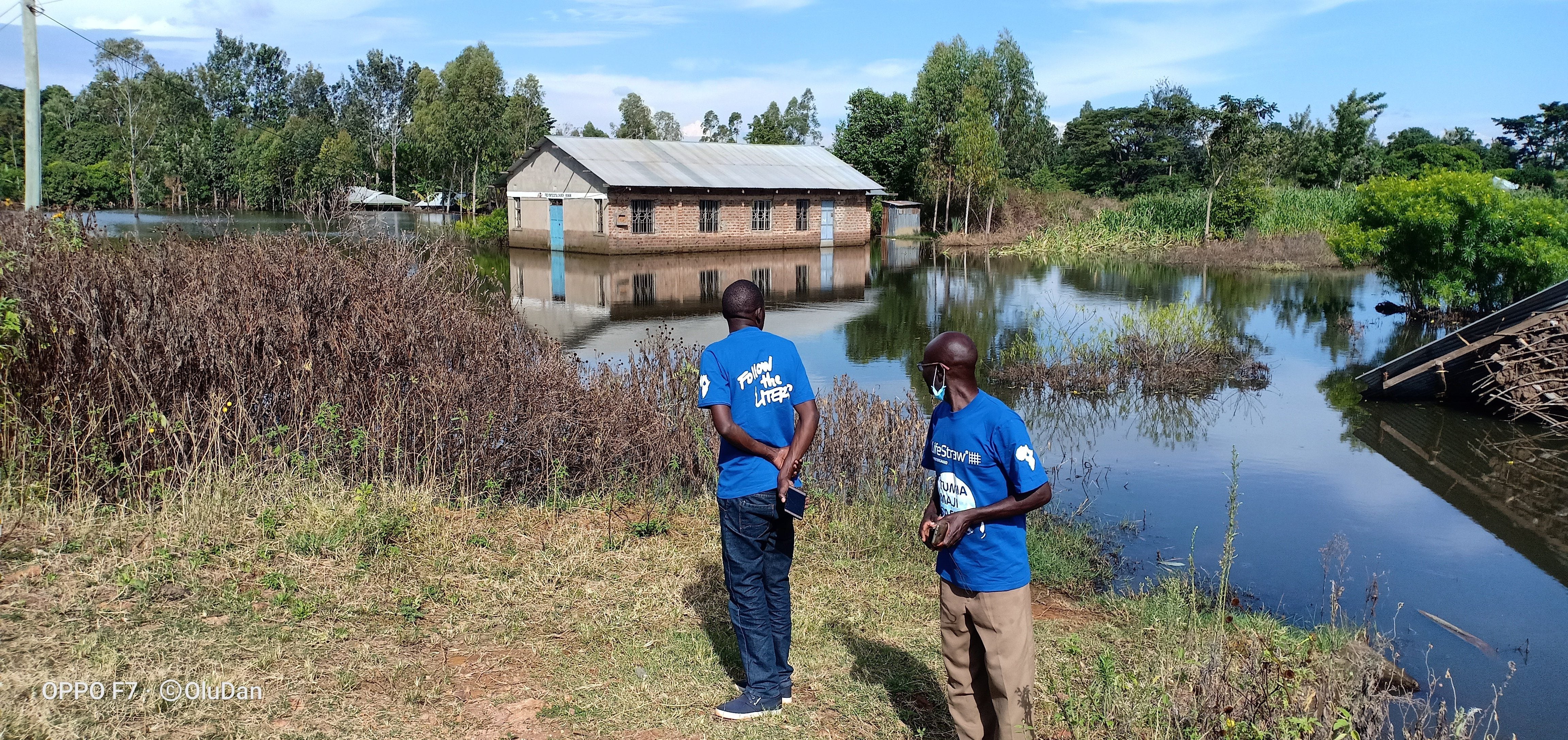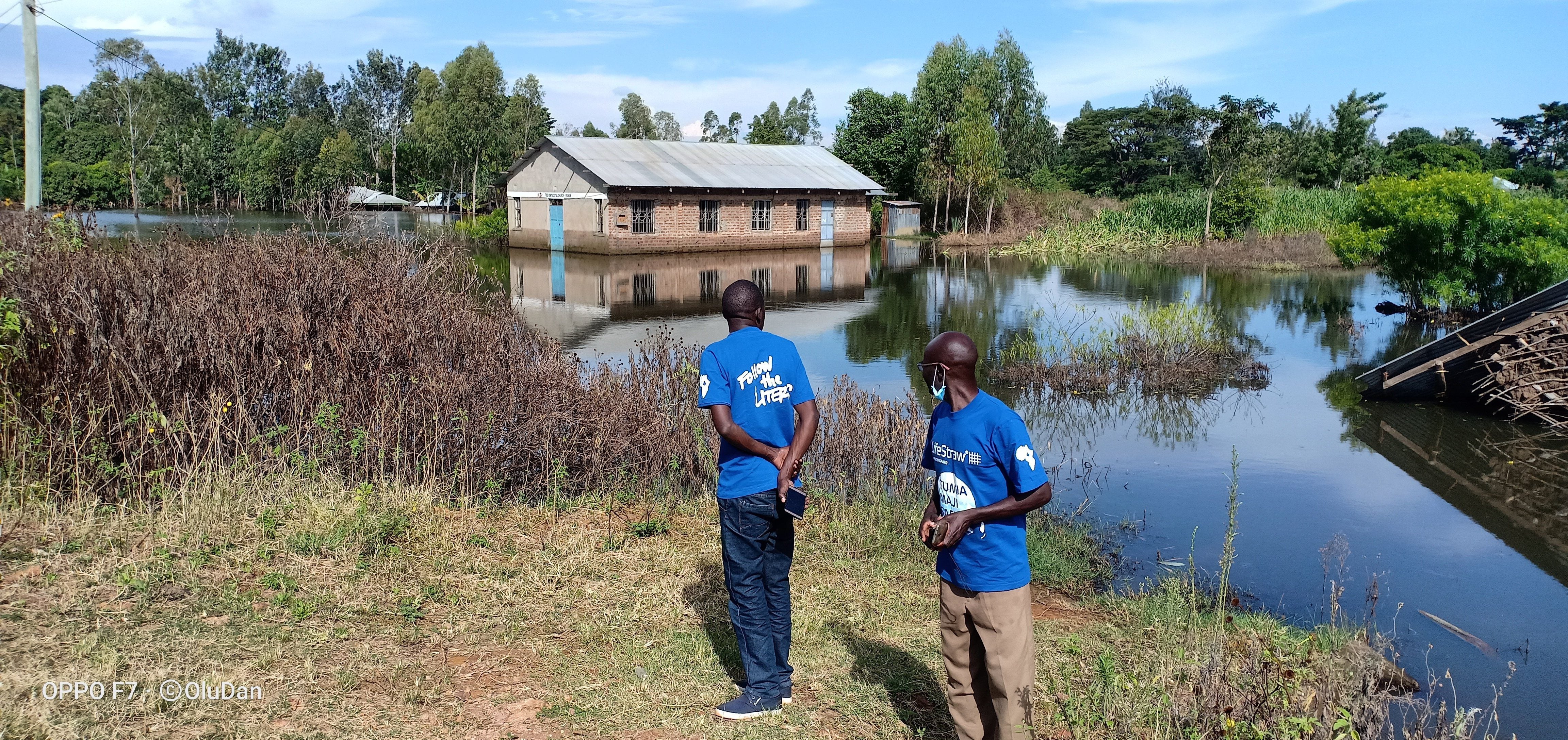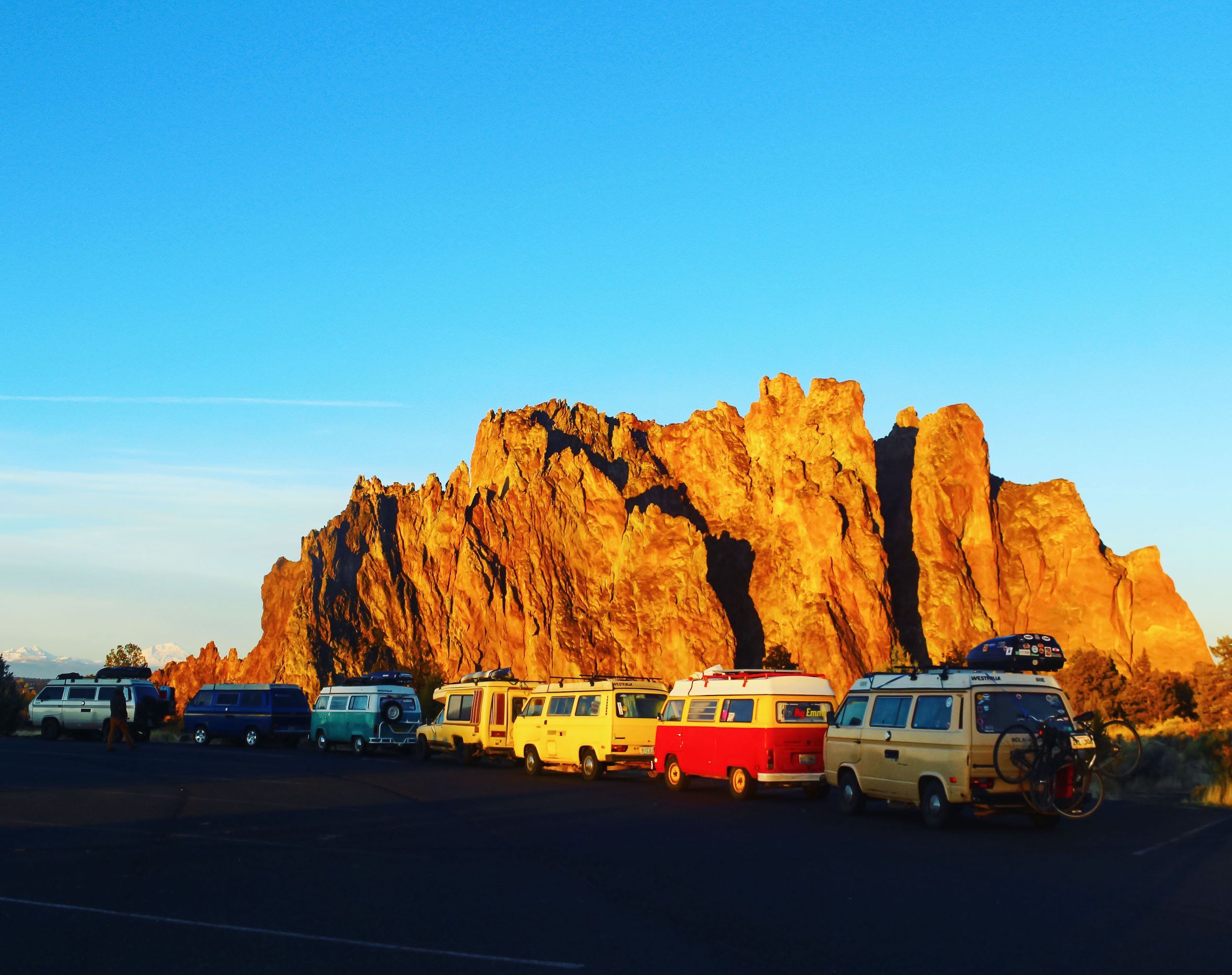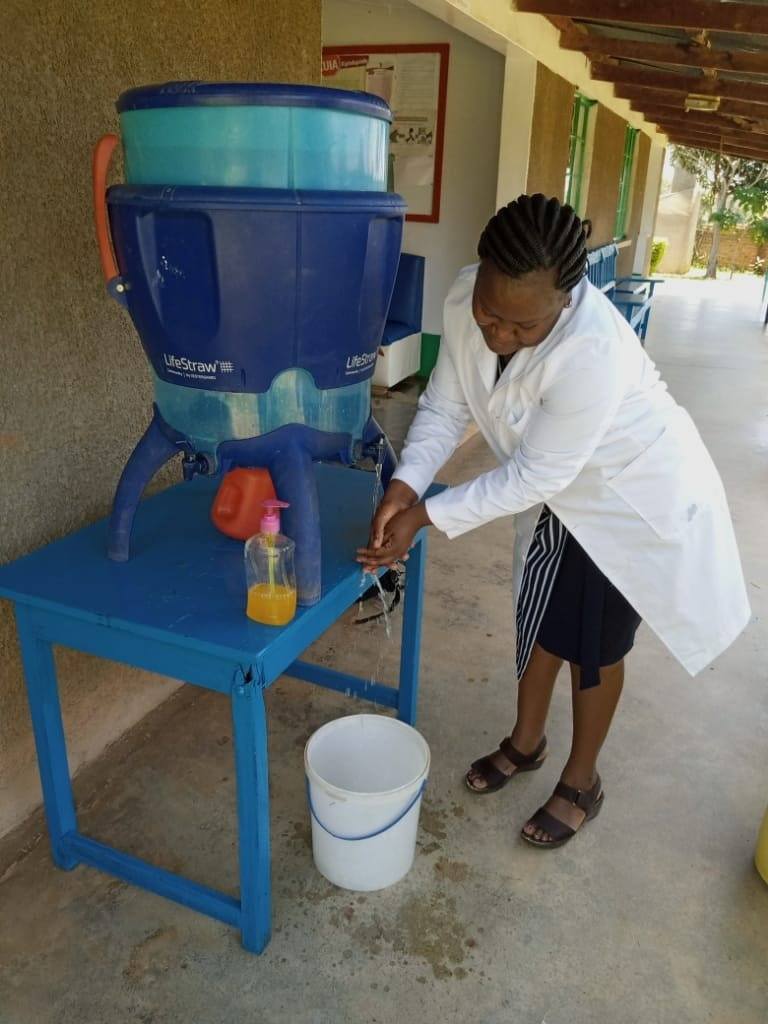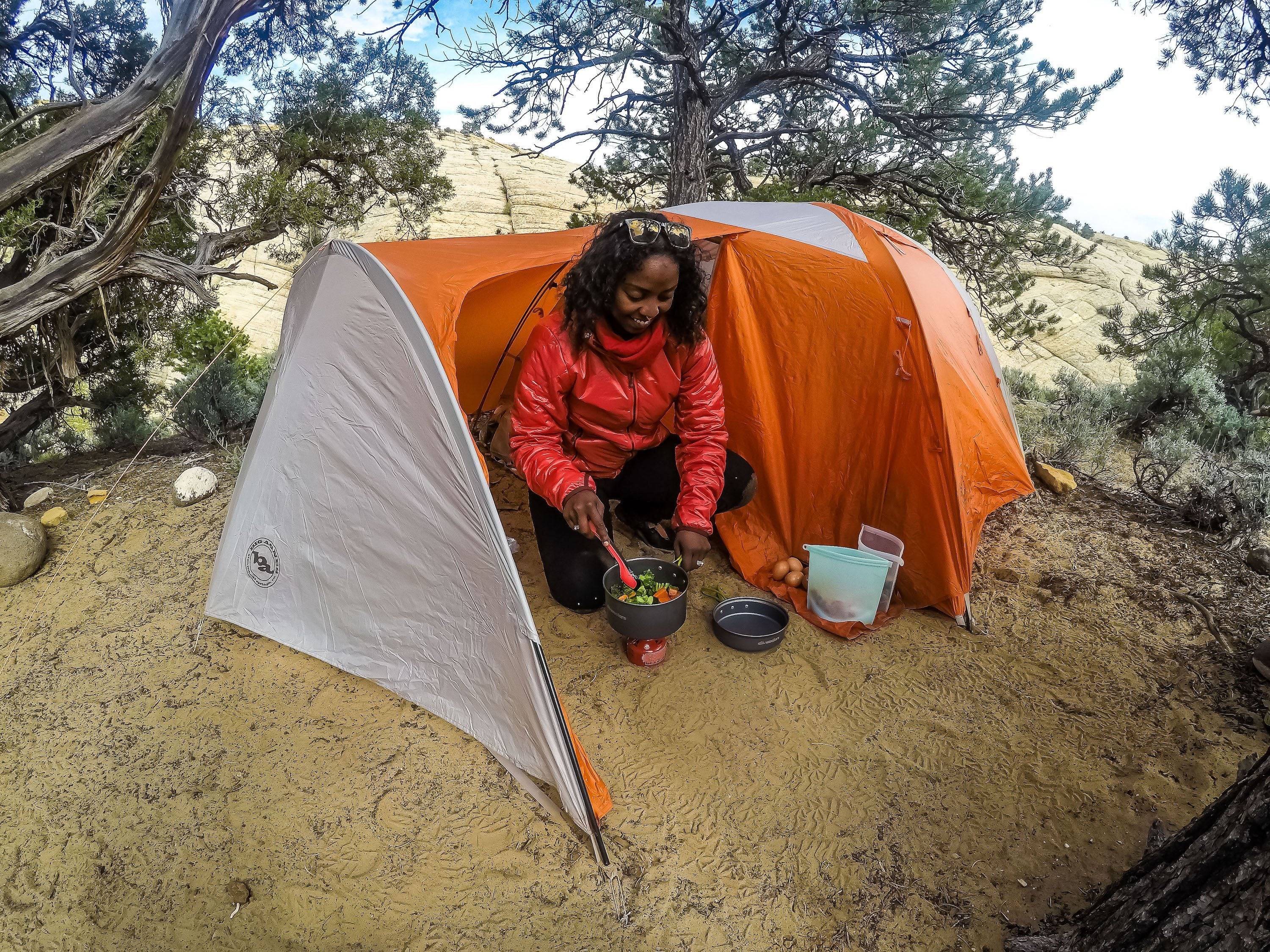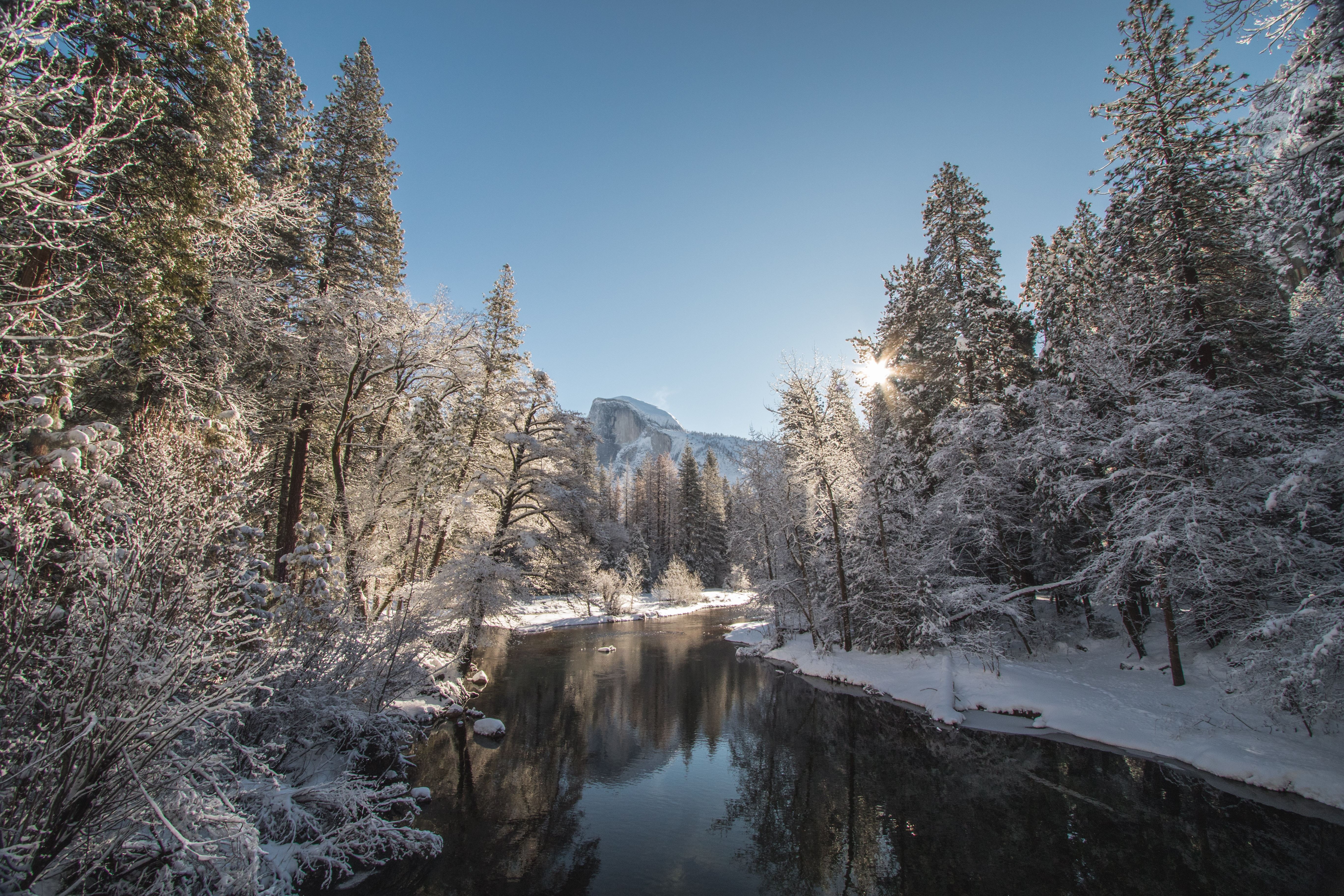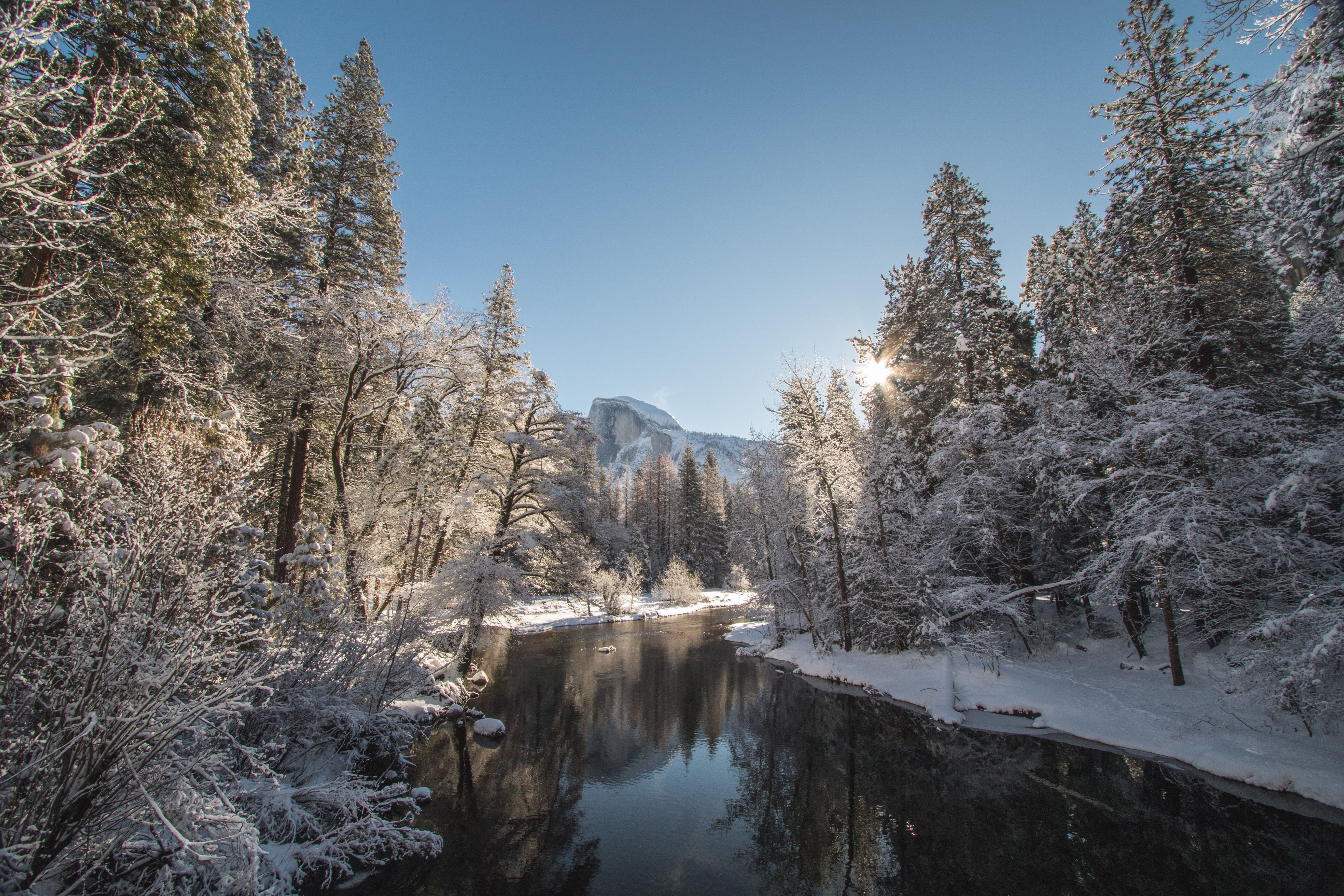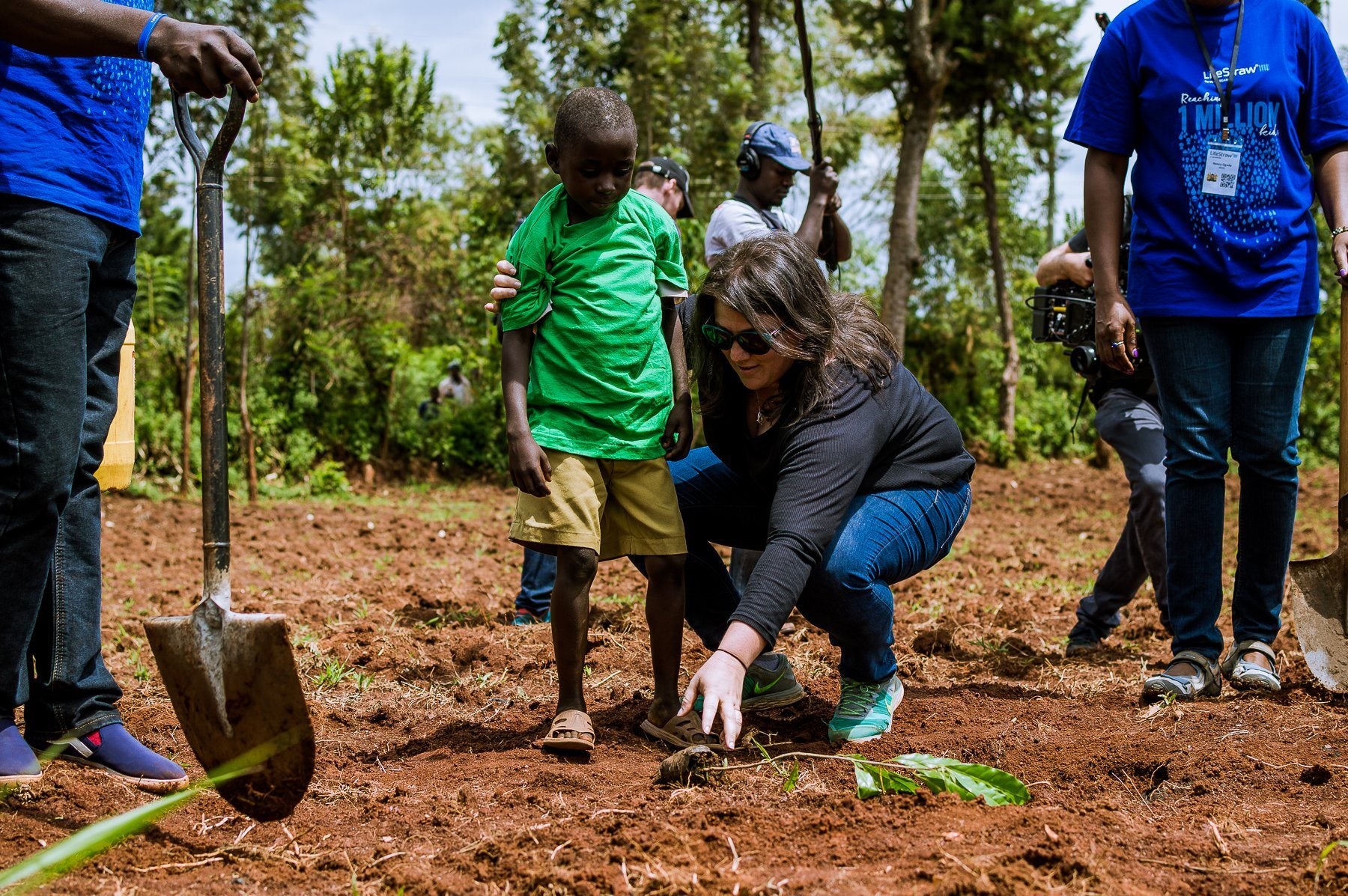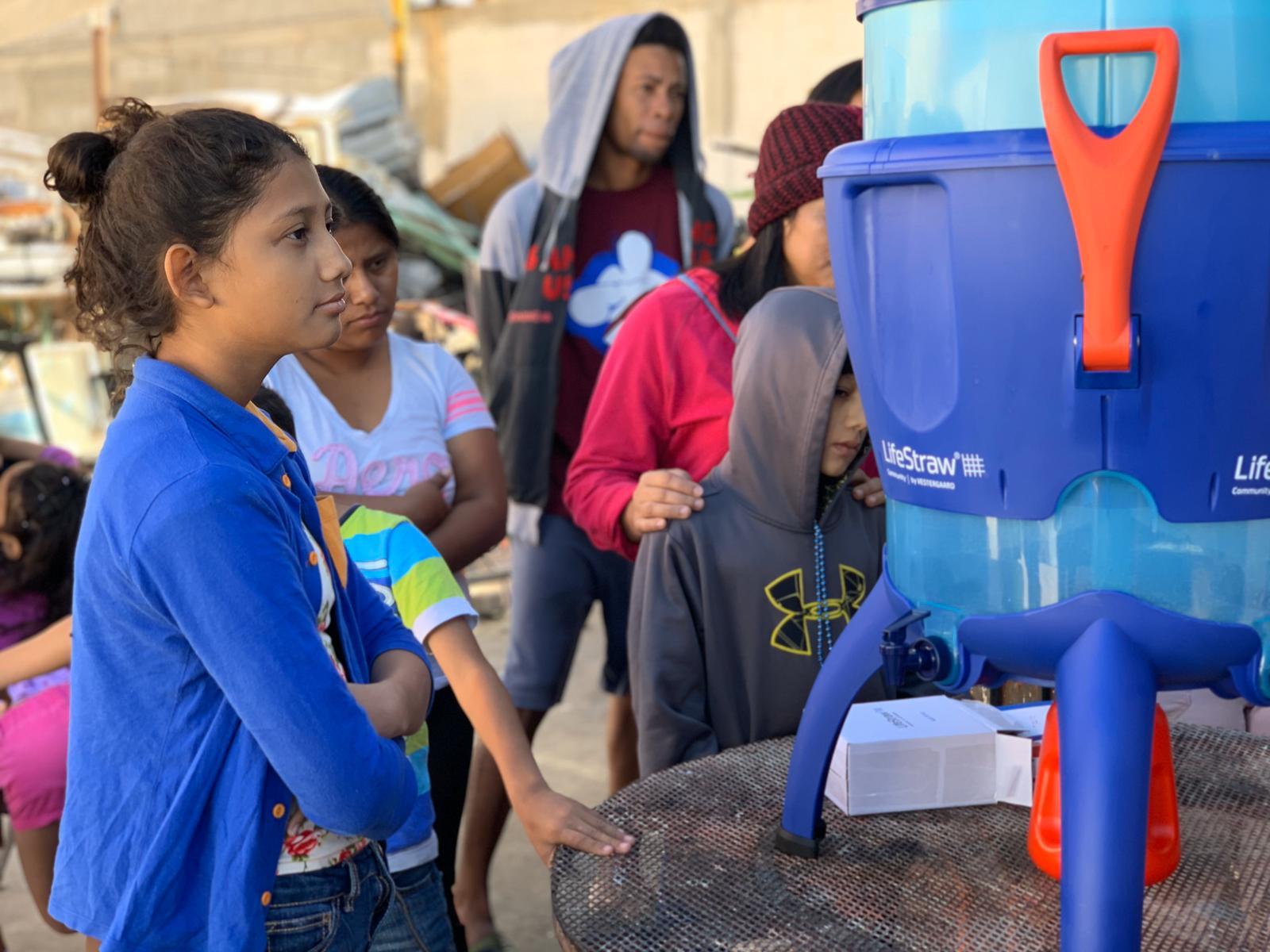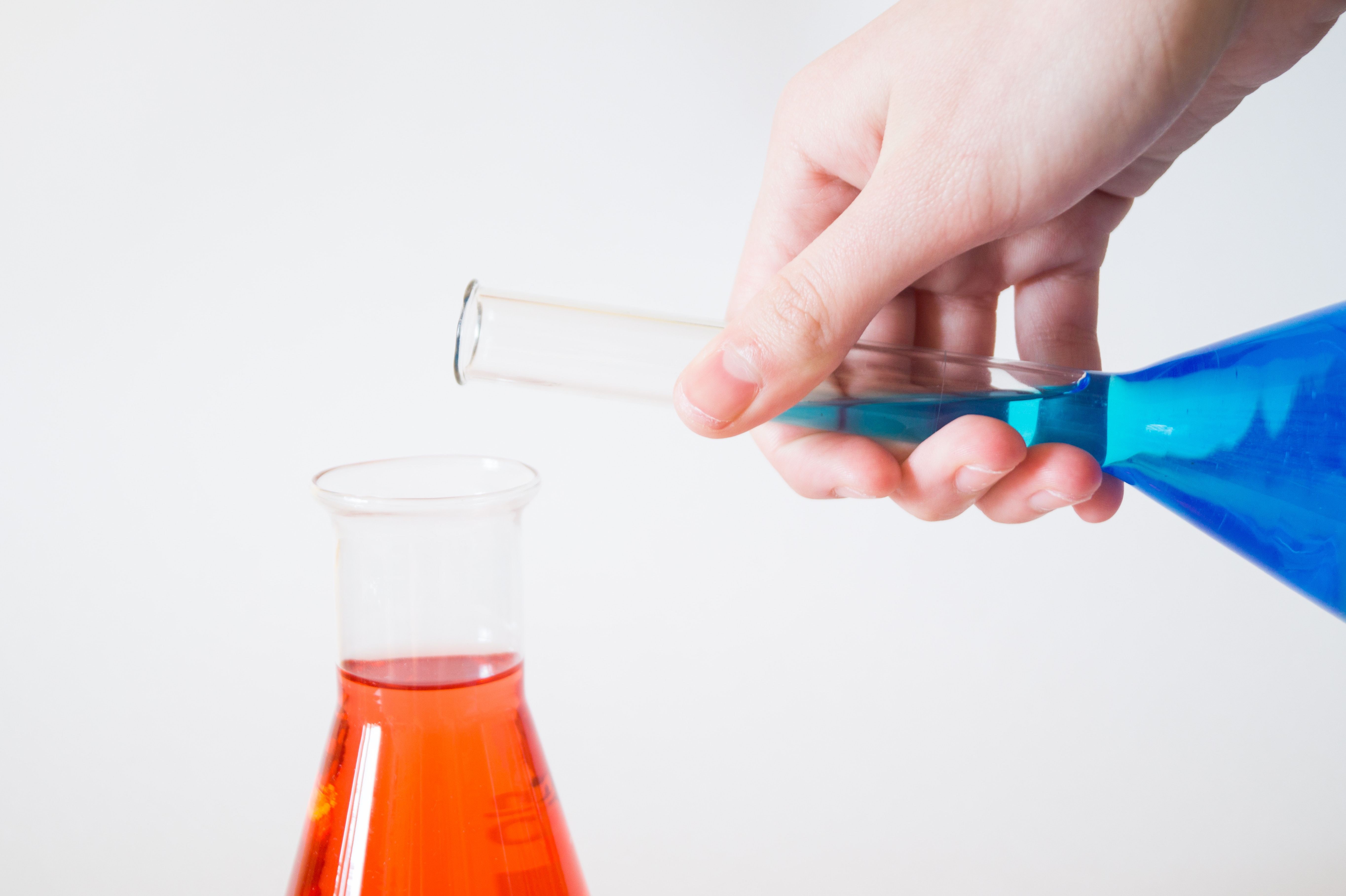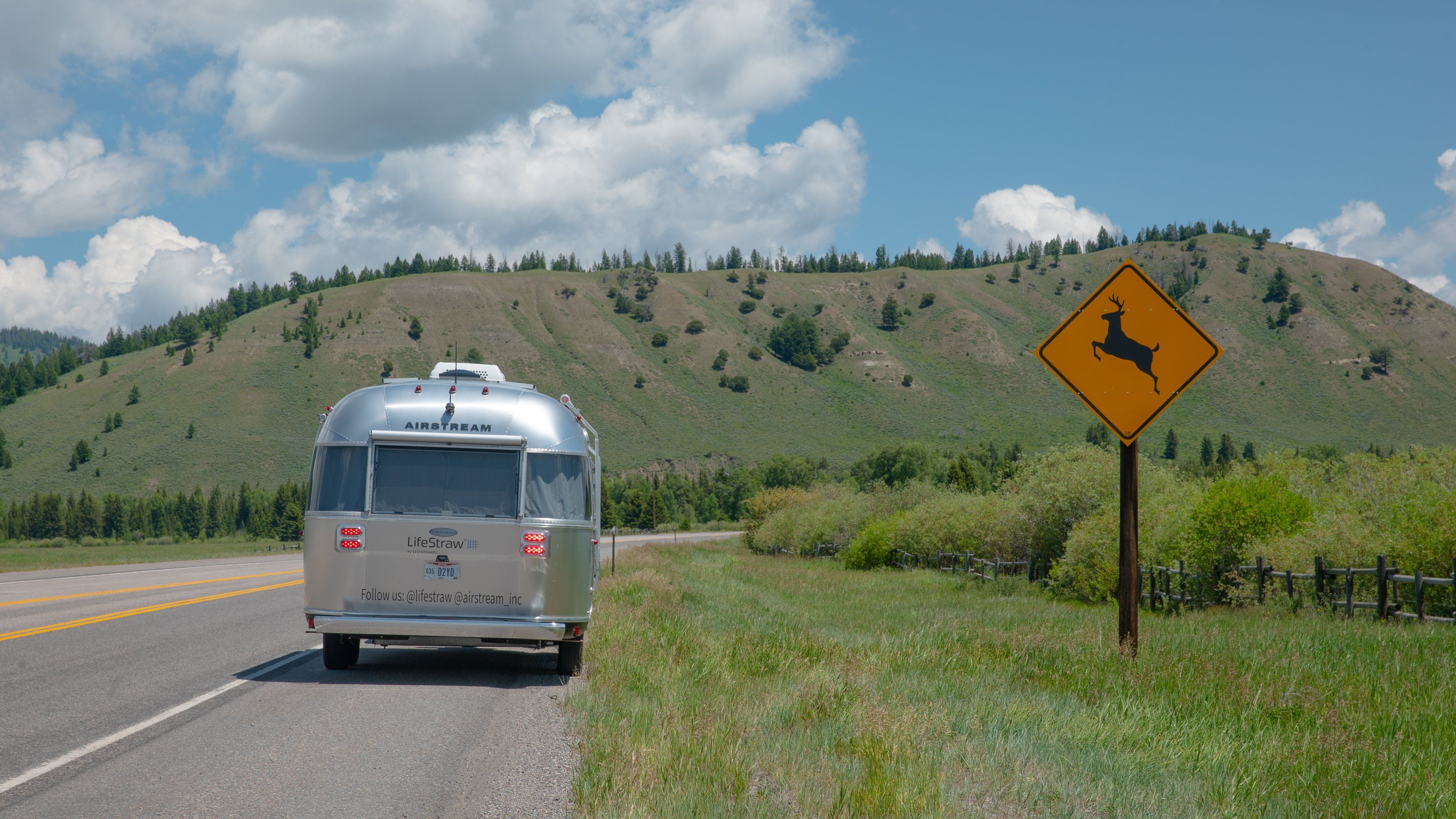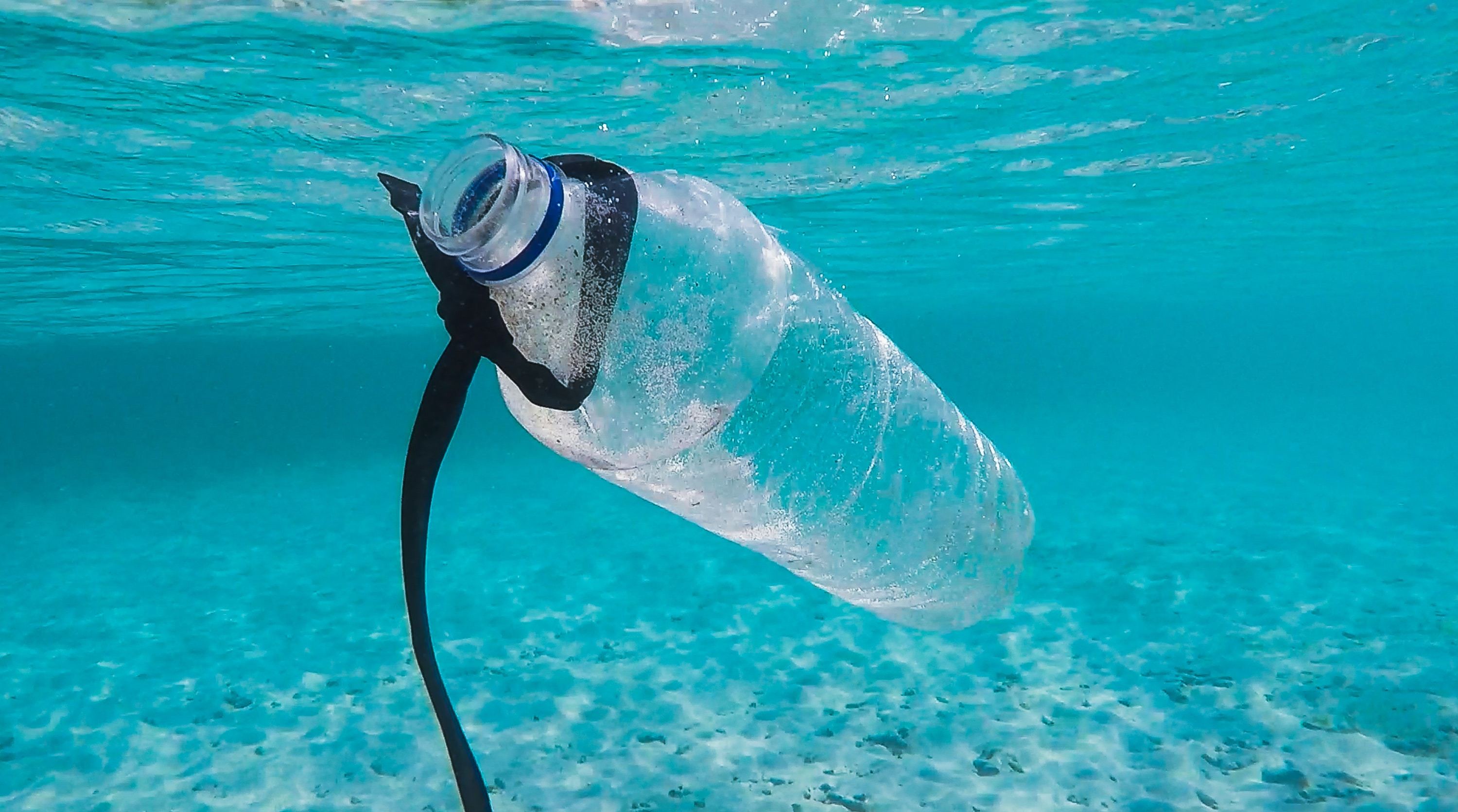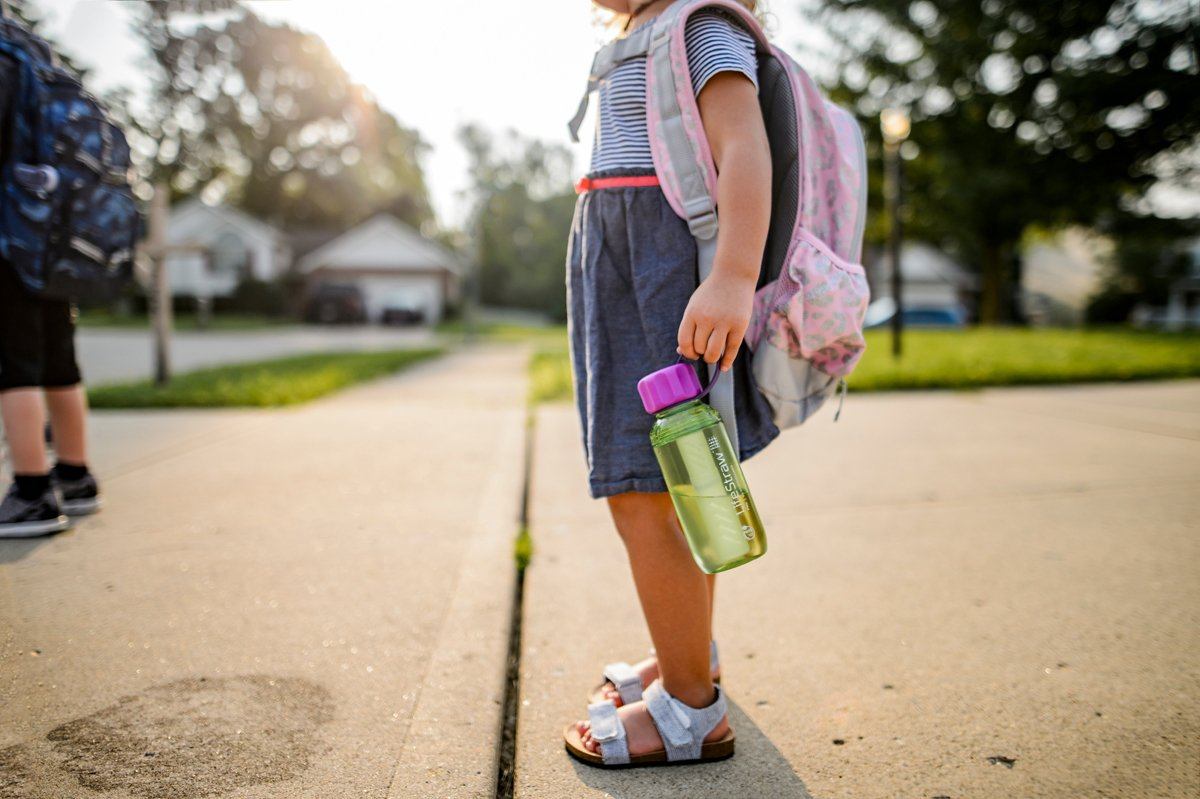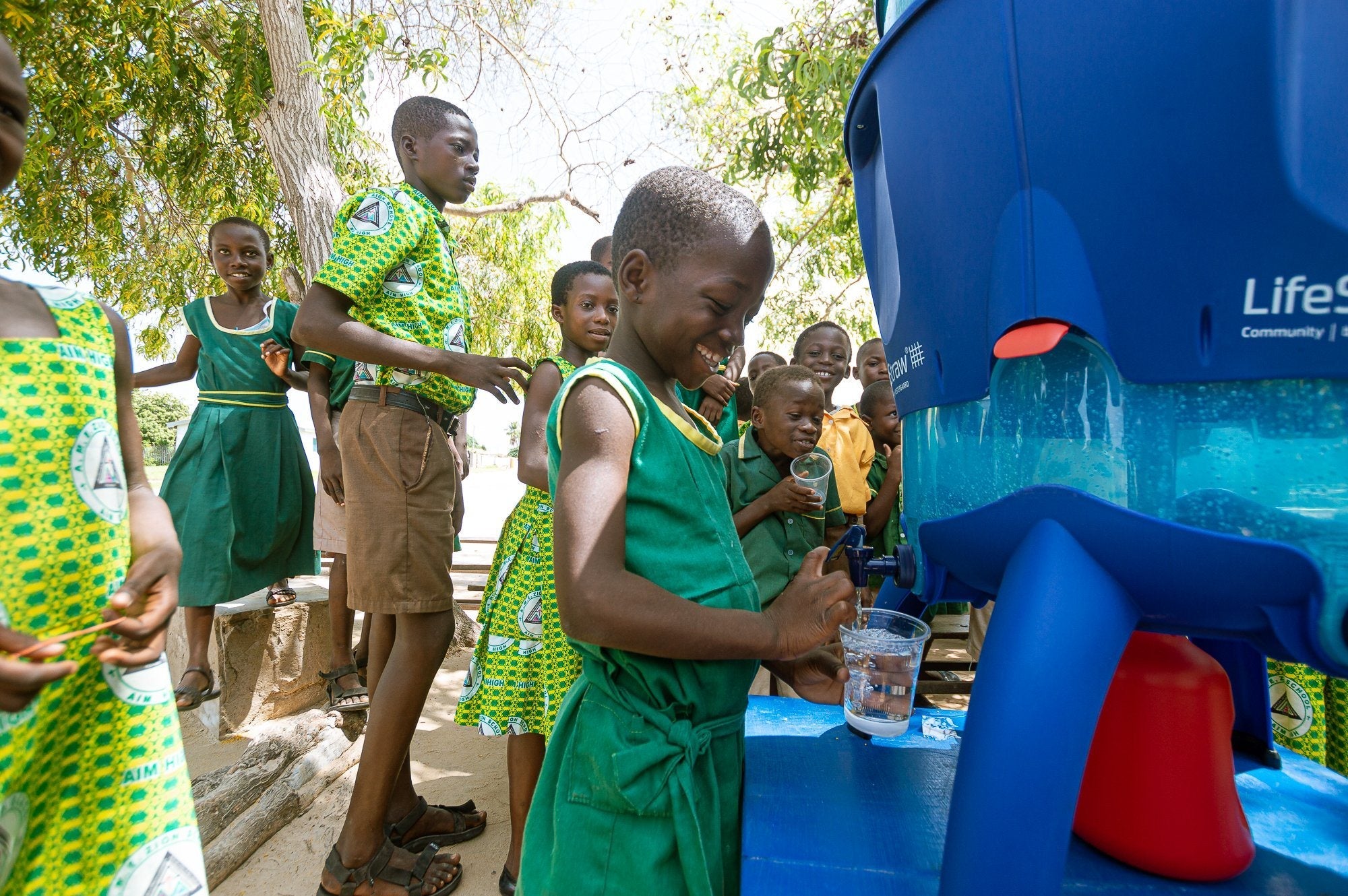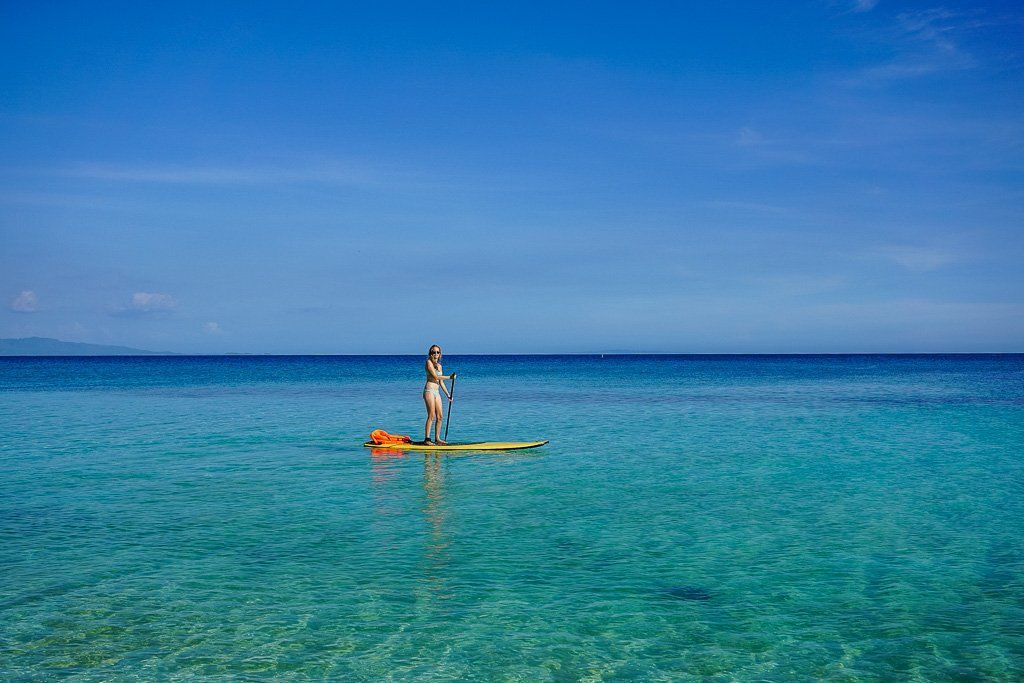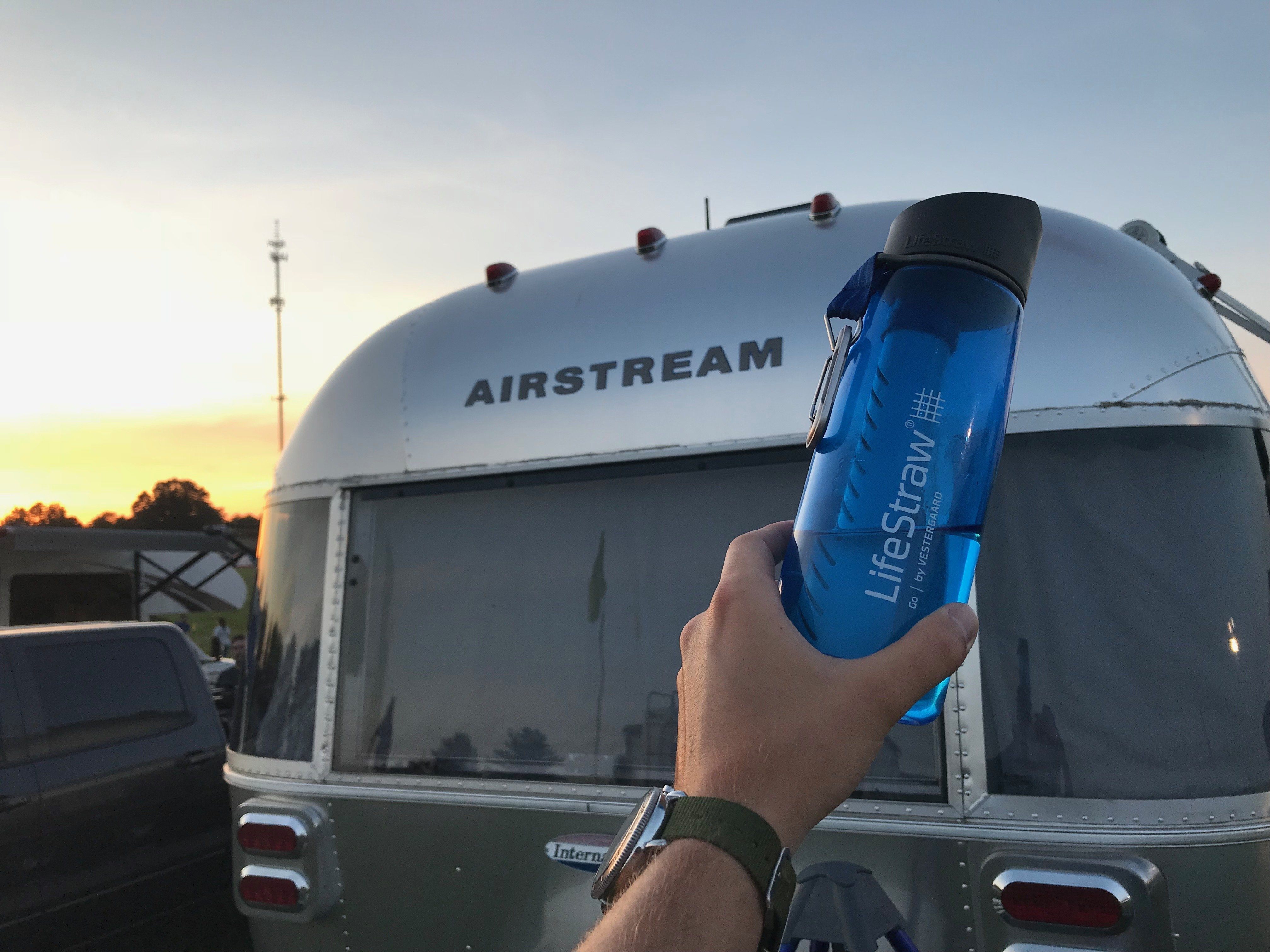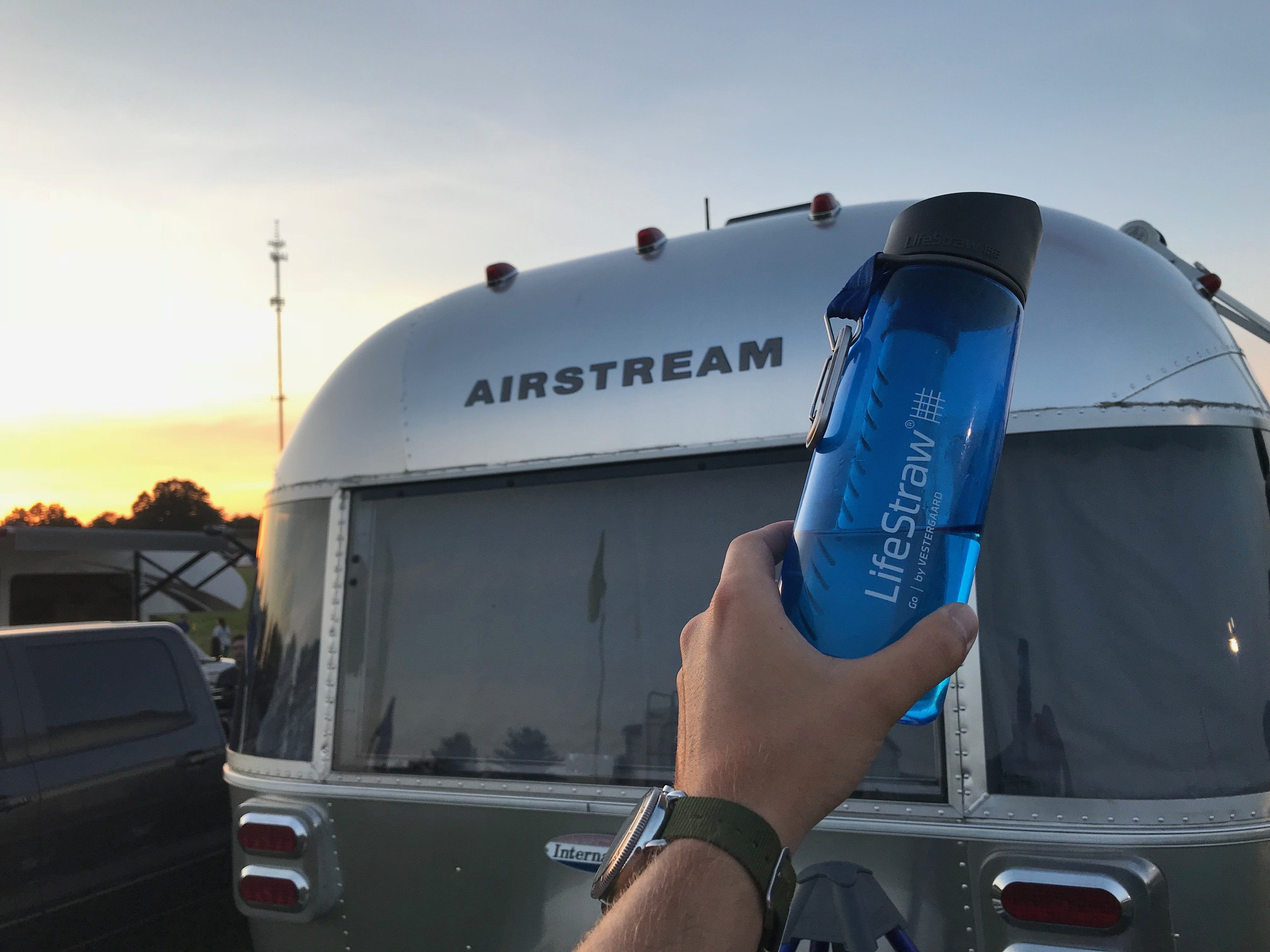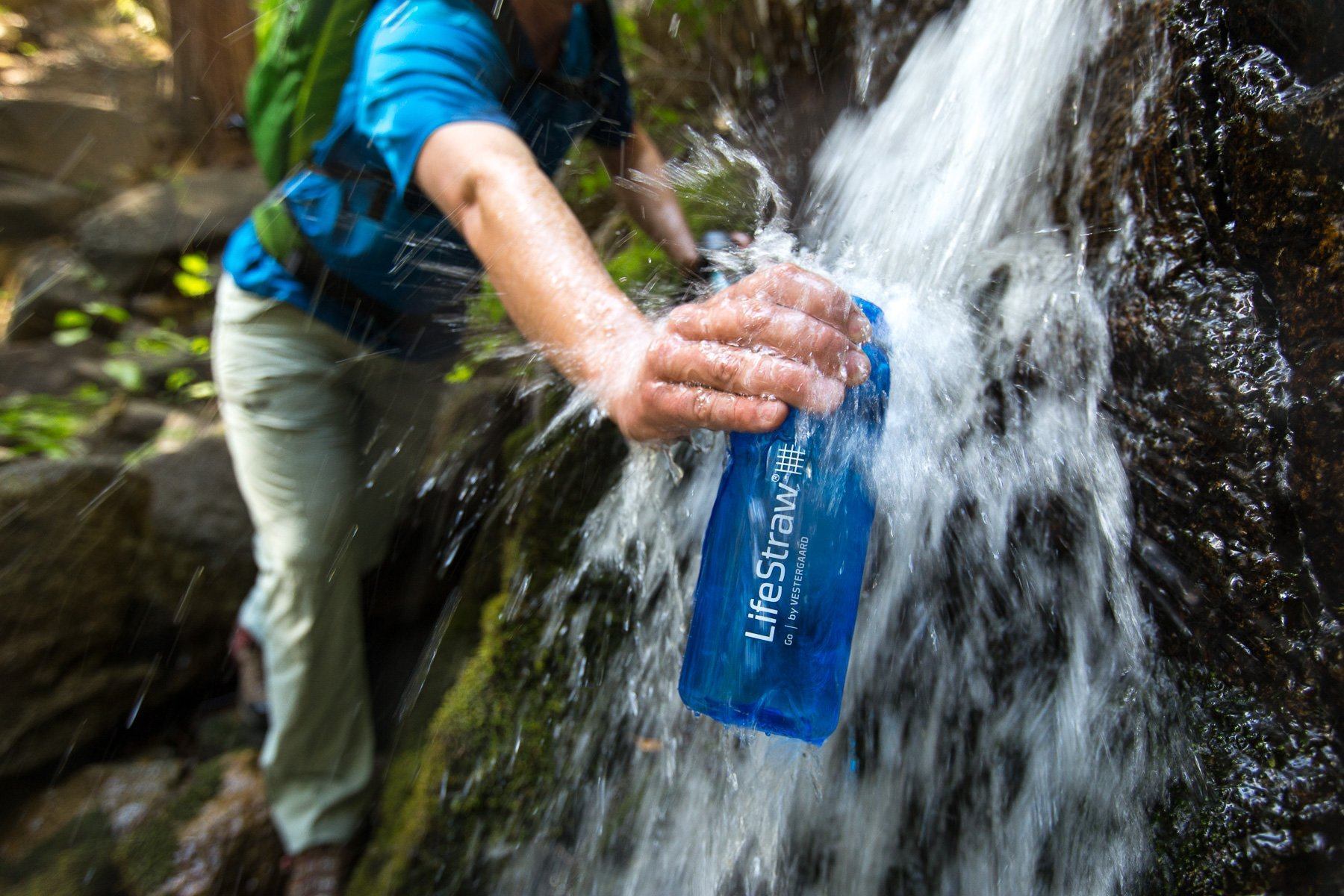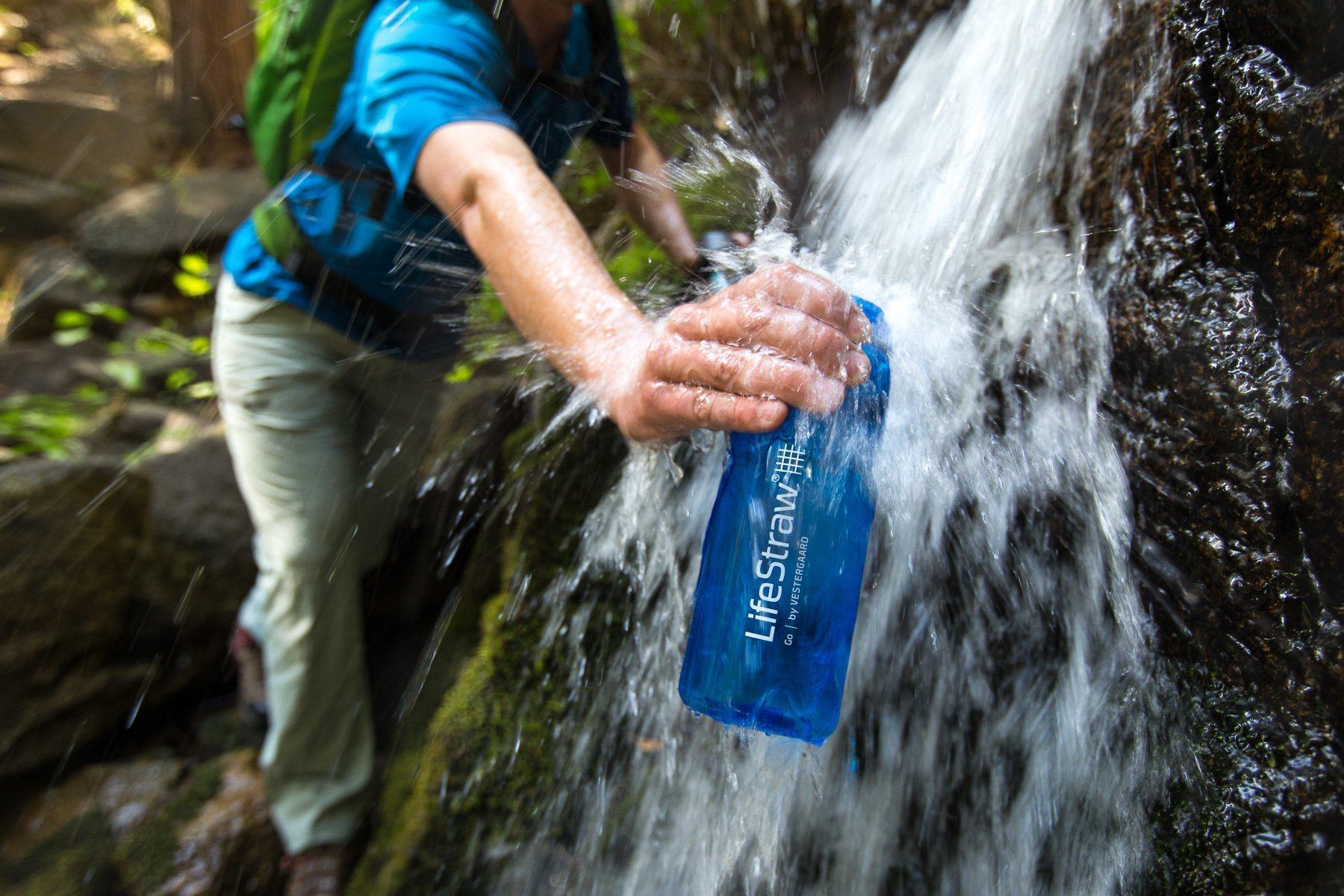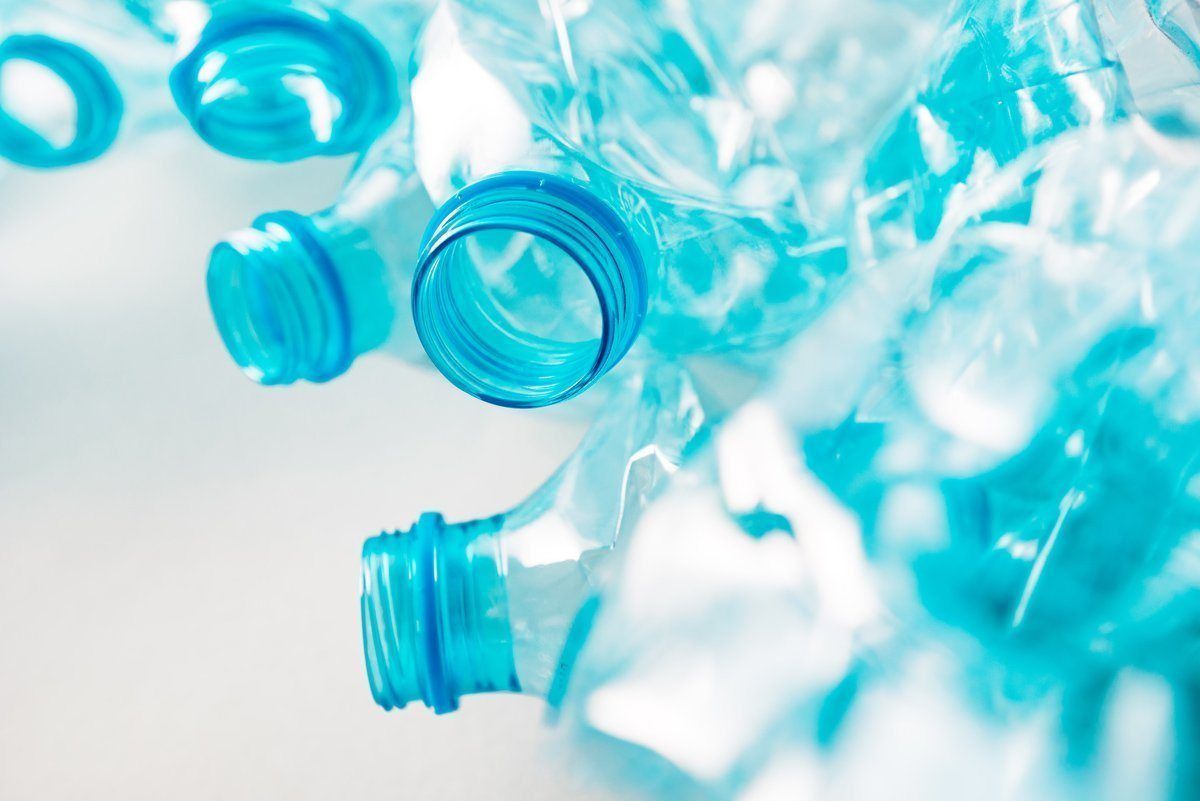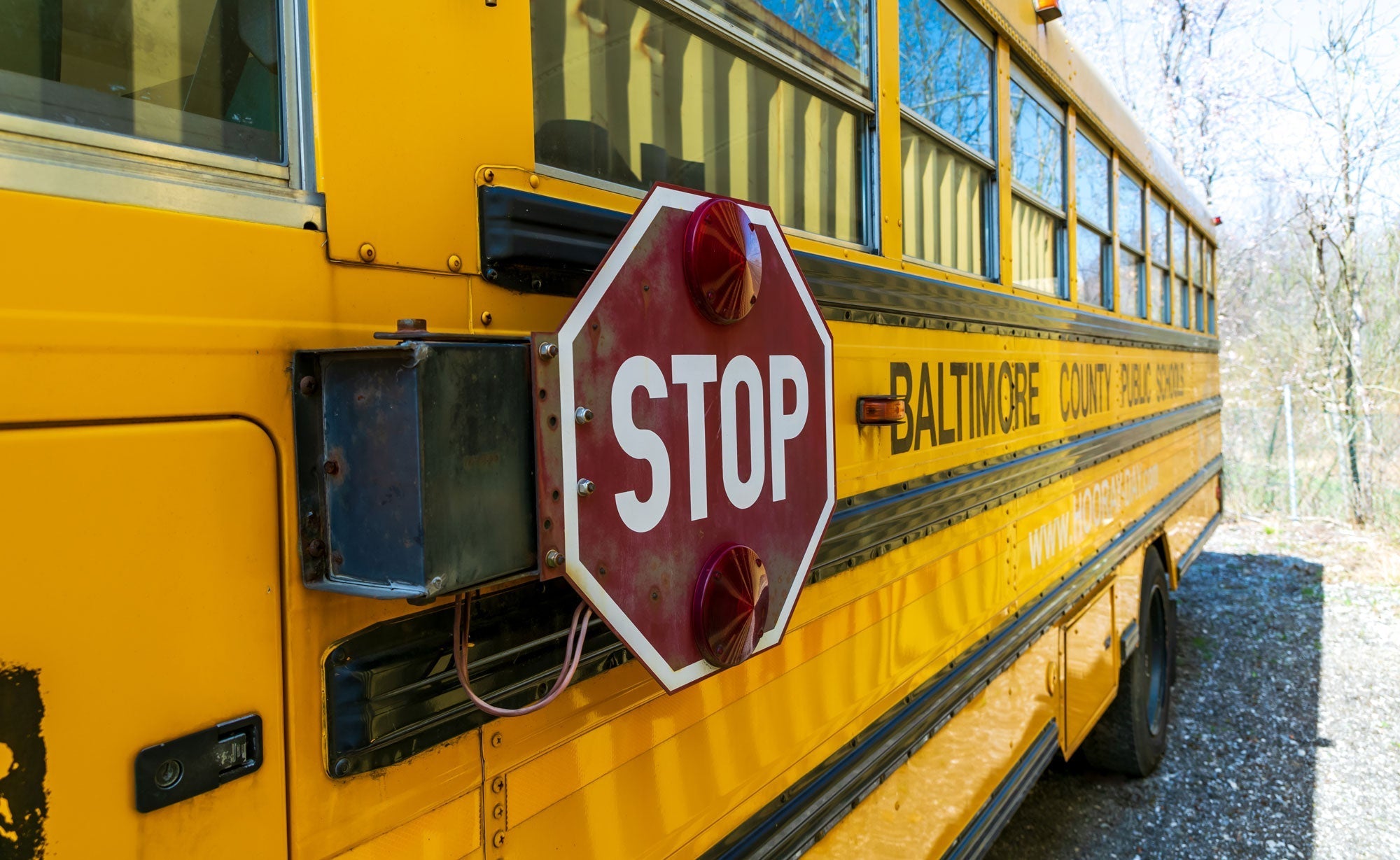
Baltimore's Public Schools Have A Safe Water Problem
February 03, 22
The majority of the 170 Baltimore City public schools do not have access to clean, safe drinking water.
Since 2002, the Baltimore City Public School System (BCPSS) has required its schools to disable all drinking water fountains and most kitchens due to the centuries-old lead pipes which contaminate the water supply feeding the school system (1).
Out of the 170 Baltimore City public schools—both elementary and high school—only 11 have water filtration systems (4). While these treatment plants filter some contaminants, the lead pipes that deliver this water make the initial filtration obsolete because lead from the pipes seeps into the water supply. According to the Environmental Protection Agency, there is no amount of lead which is considered safe for humans, especially developing children (2).
Negative health effects listed by the EPA and the CDC include:
- Irreversible cognitive and behavioral problems
- Memory loss
- Aggression and irritability
- Kidney and brain damage
- Anemia
In 2019, Maryland’s general assembly unanimously passed the Lead Reduction and Remediation Act, requiring schools to shut off all contaminated water fountains; however, this act did not require fixing these fountains and pipes. Now, most Baltimore schools must go through gallons of plastic water bottles and dispensers on a daily basis to get the water their students need. In addition to the acute environmental impacts of single-use plastic, this also cuts into schools’ limited budgets and many schools struggle to find the space to safely store the bottled water.
Historical Inequality and Environmental Impact
The lack of water accessibility in public schools goes deeper than you might think. Decades of underinvestment in specific school districts and racist public policy have led to this inequality.
When Baltimore first assigned school and housing areas, the Home Owners’ Loan Corporation (HOLC) designated areas based on credit risk. While externally this grouping seemed based on economic data, there were heavy racial implications.
In a study done by the NCRC, it was shown that the maps outlined by the HOLC some 80 years ago have effectively perpetuated economic segregation in cities including Baltimore around the U.S. (5). Redlining—“the practice of denying borrowers credit due based on the location of property in minority or economically disadvantaged neighborhoods”—was widely practiced around the nation in relation with Jim Crow segregation laws (5). Redlining has been illegal nationwide since 1968, but this structure persists in the HOLC maps that outline current neighborhoods (5).
This policy led to areas with historically larger Black populations being more frequently designated as “high risk” (1). These districts received significantly less funding than predominantly white districts, leading to a disproportionate lack of accessibility of resources, including filtered tap water (1).
Procurement and utilization of single-use plastic water bottles severely impacts the planet. Bottled water takes large amounts of energy for transportation and packaging, resulting in an extremely large and environmentally damaging carbon footprint (1). And when these plastic bottles and dispensers are done being used, most never see recycling facilities.
Aside from the clear financial and environmental sustainability reasons, tap water also provides health benefits. Tap water contains fluoride which is proven to reduce tooth decay in both children and adults (1). Students and faculty in the Baltimore City public school system no longer have access to these benefits which results in economic and dental health issues later in life.
What is already being done?
Prior to the COVID-19 pandemic, the city of Baltimore initiated a campaign to build new schools without lead piping (4). However, with funds on hold and delayed due to the pandemic, the majority of the 170 schools are left without clean water.
In early 2019, the Baltimore City Public School System began testing EcoWater Systems LLC lead filters (1). The BCPSS launched a pilot program for these tank filters which will be completed by the end of 2021 (1). If this program is successful, the schools plan to implement these filters throughout the BCPSS. However, this program has been a huge financial burden on the public school system and getting funding for this potential solution has been a challenge.
So, what can we do about Baltimore's safe water crisis?
At LifeStraw, we strive to bring safe water to communities around the world. While much of our work has been implemented internationally, where safe water access is low and waterborne disease and related mortality is high, in 2020 we began to scale-up our programs domestically as well, largely in response to the COVID-19 pandemic (read our blog here to learn more about how COVID-19 impacted access to safe water!).
We are working with numerous partners and nonprofits in Baltimore City to better understand the water needs and concerns, and to develop the appropriate technology that could address water issues at a larger scale in Baltimore City and across the United States. We believe that access to safe water is a human right and it is part of our responsibility to help reach this goal.
REFERENCES
-
The Johns Hopkins News-Letter: From public schools to Hopkins, Baltimore water accessibility varies widelyhttps://www.jhunewsletter.com/article/2020/03/from-public-schools-to-hopkins-baltimore-water-accessibility-varies-widely
-
EPA National Primary Drinking Water Regulations https://www.epa.gov/sites/default/files/2016-06/documents/npwdr_complete_table.pdf
-
CDC Information for Workers: Health Problems Caused by Lead https://www.cdc.gov/niosh/topics/lead/health.html
-
Baltimore Sun: How many Baltimore public schools have water fountains that are safe to use? https://www.baltimoresun.com/news/investigations/bs-md-ci-safe-water-20180905-story.html
-
NCRC HOLC "Redlining" Maps https://ncrc.org/wp-content/uploads/dlm_uploads/2018/02/NCRC-Research-HOLC-10.pdf


